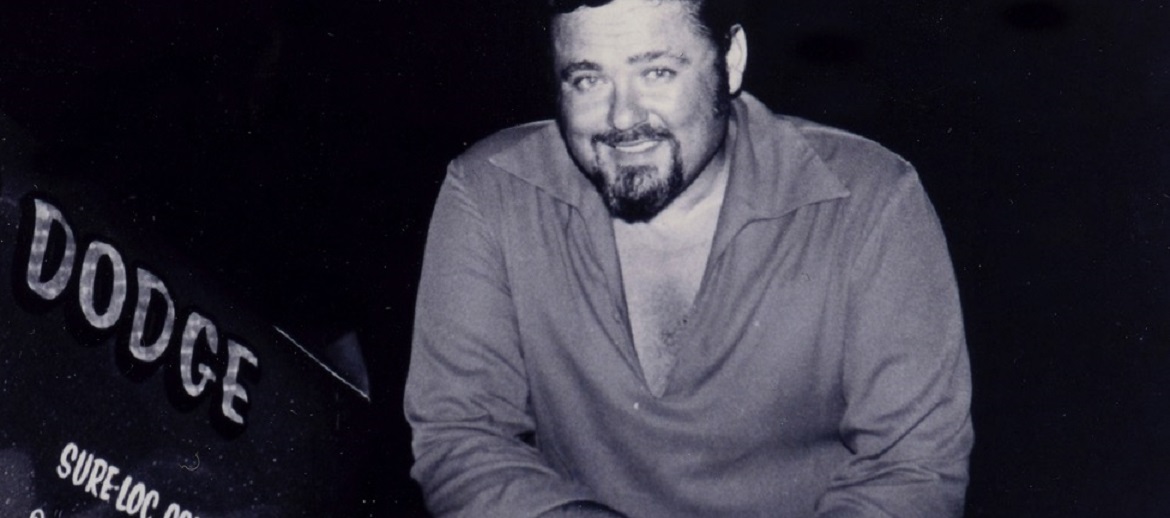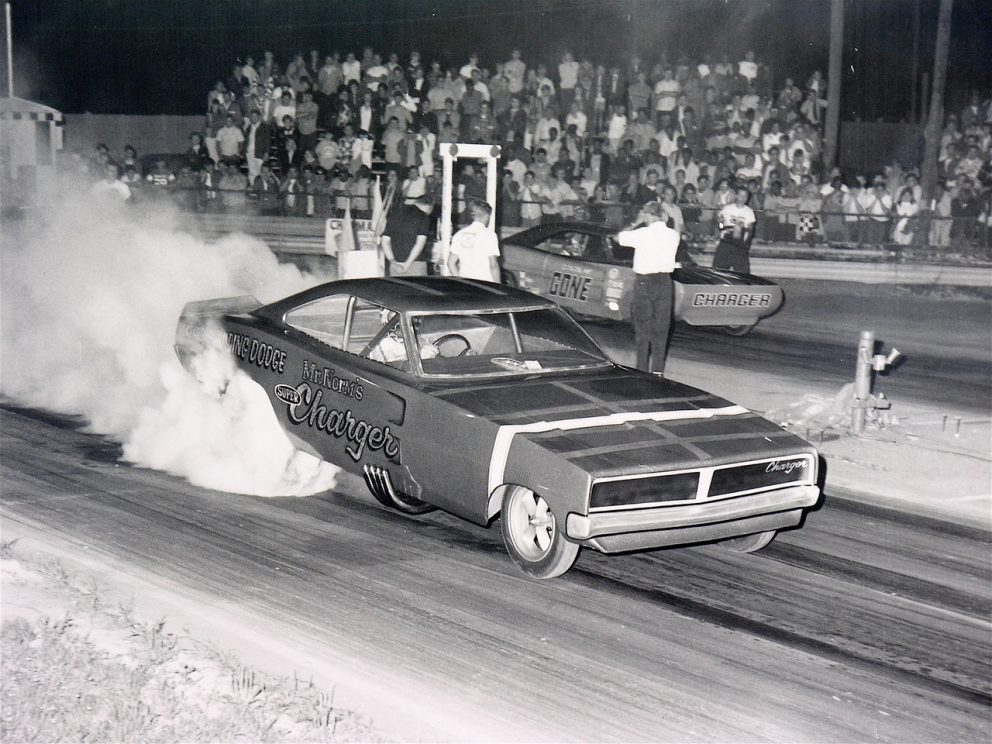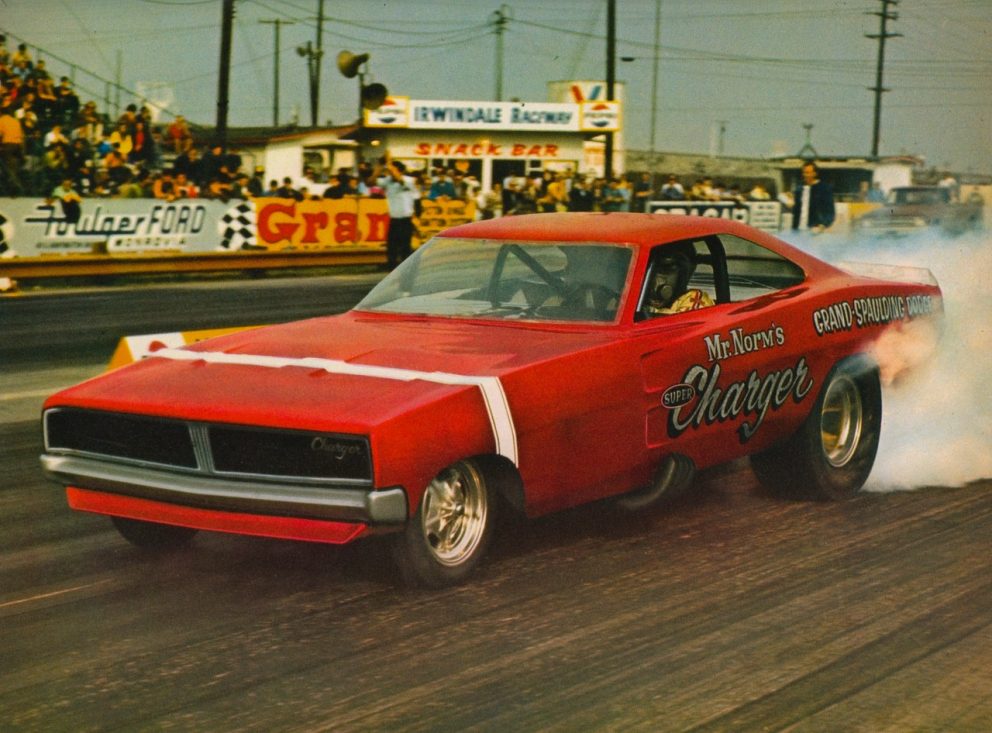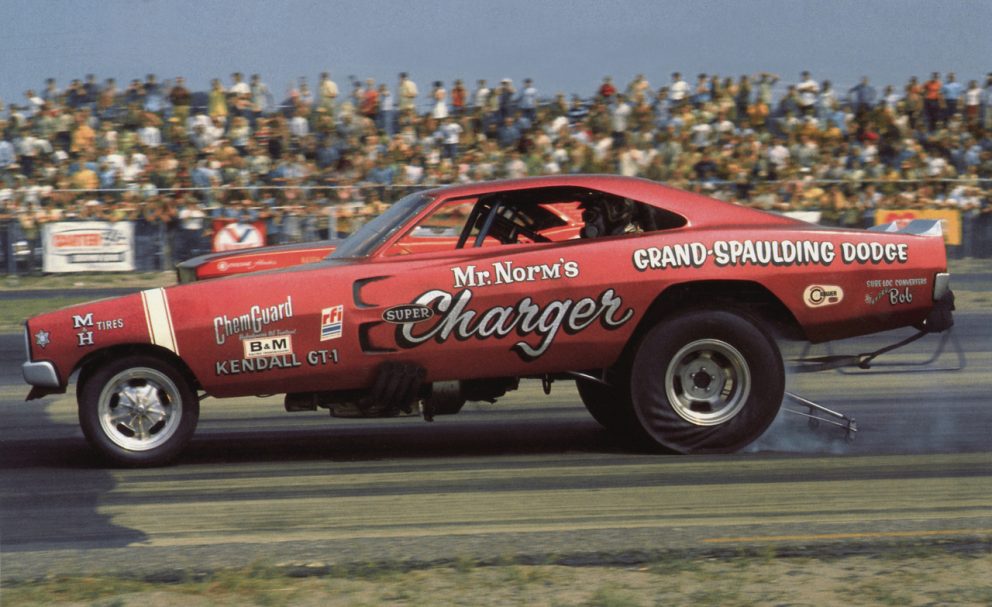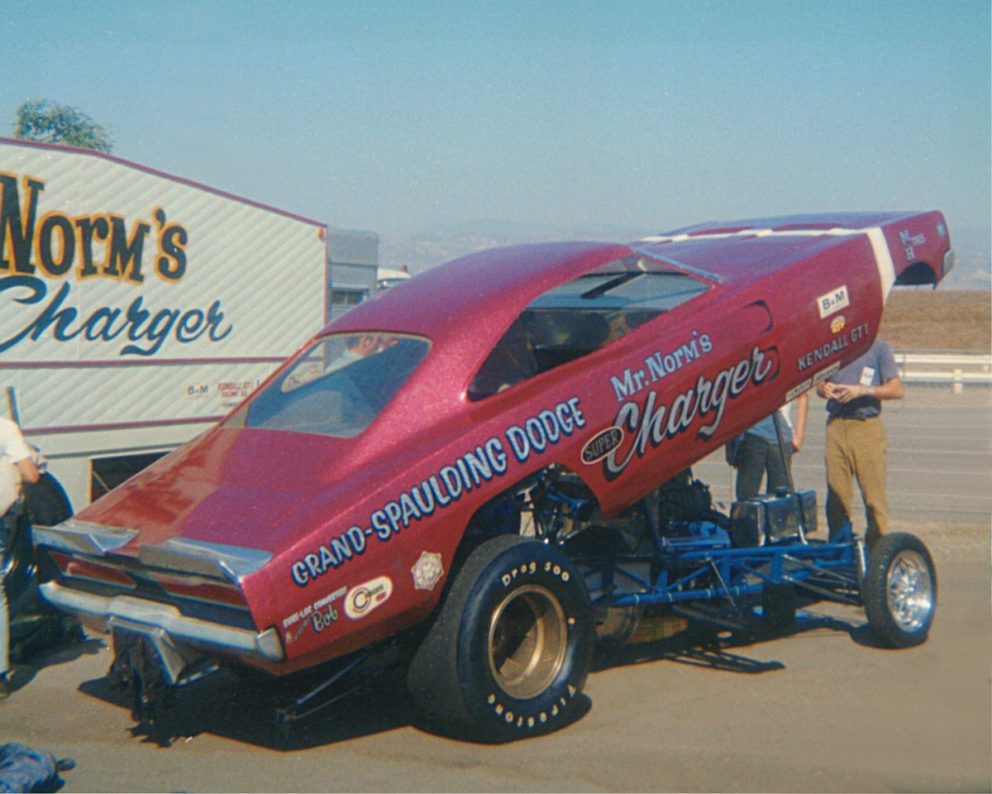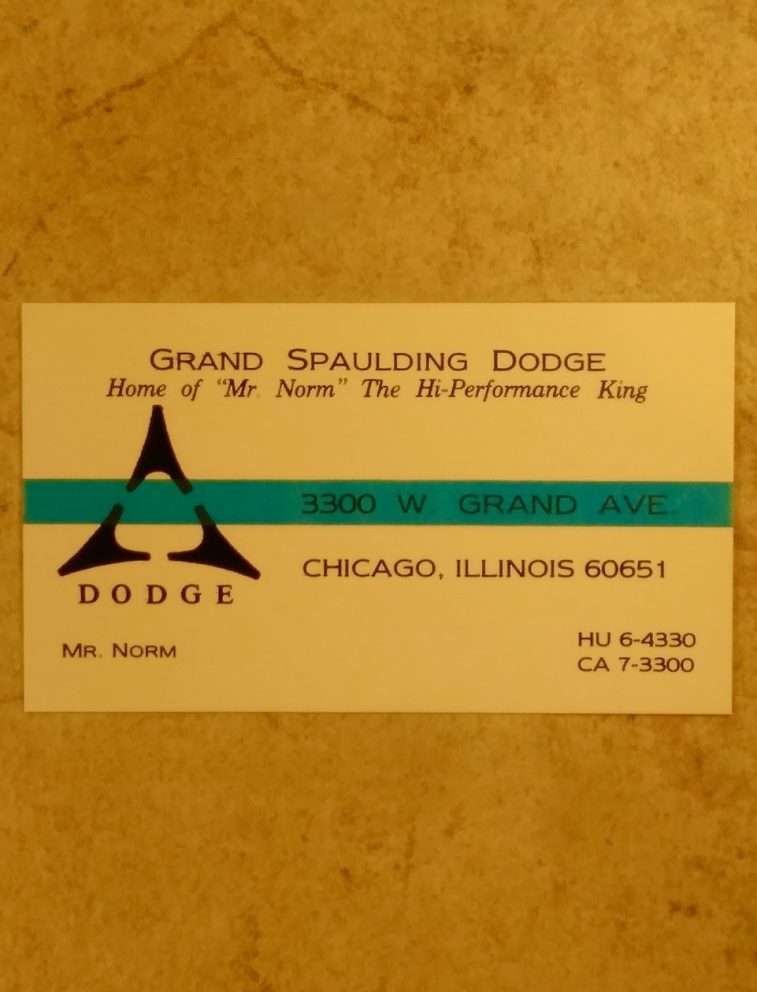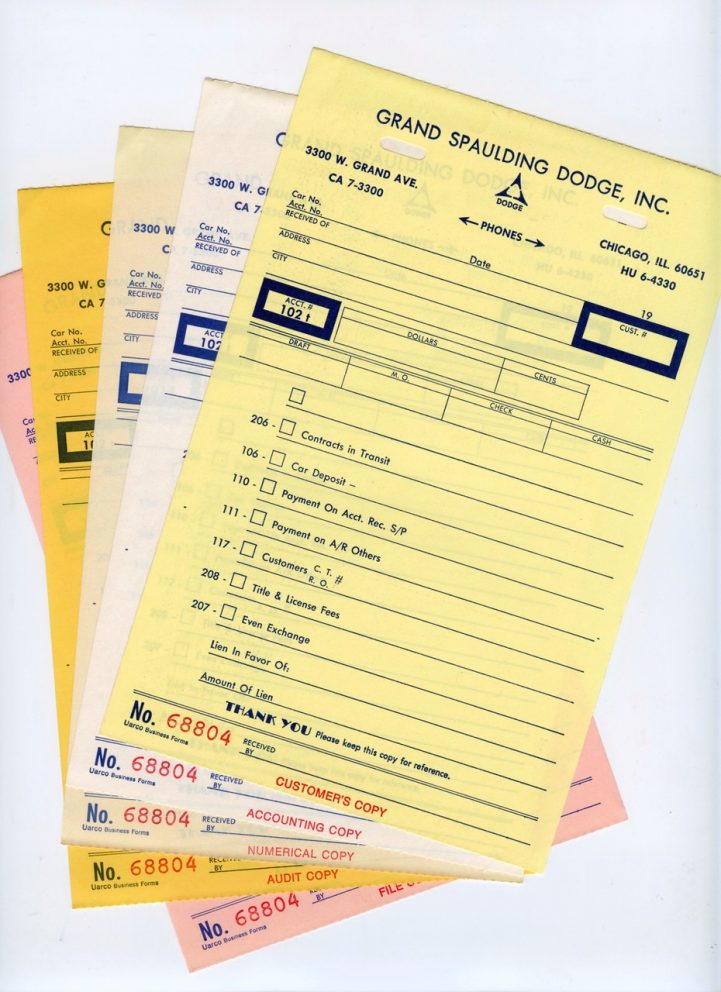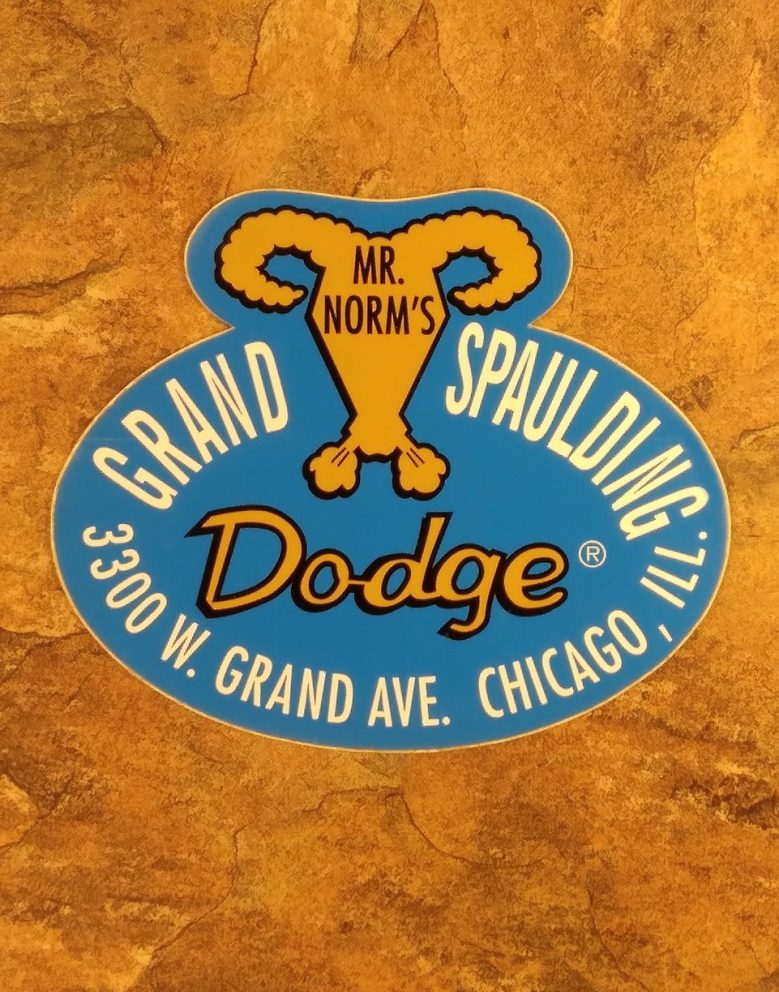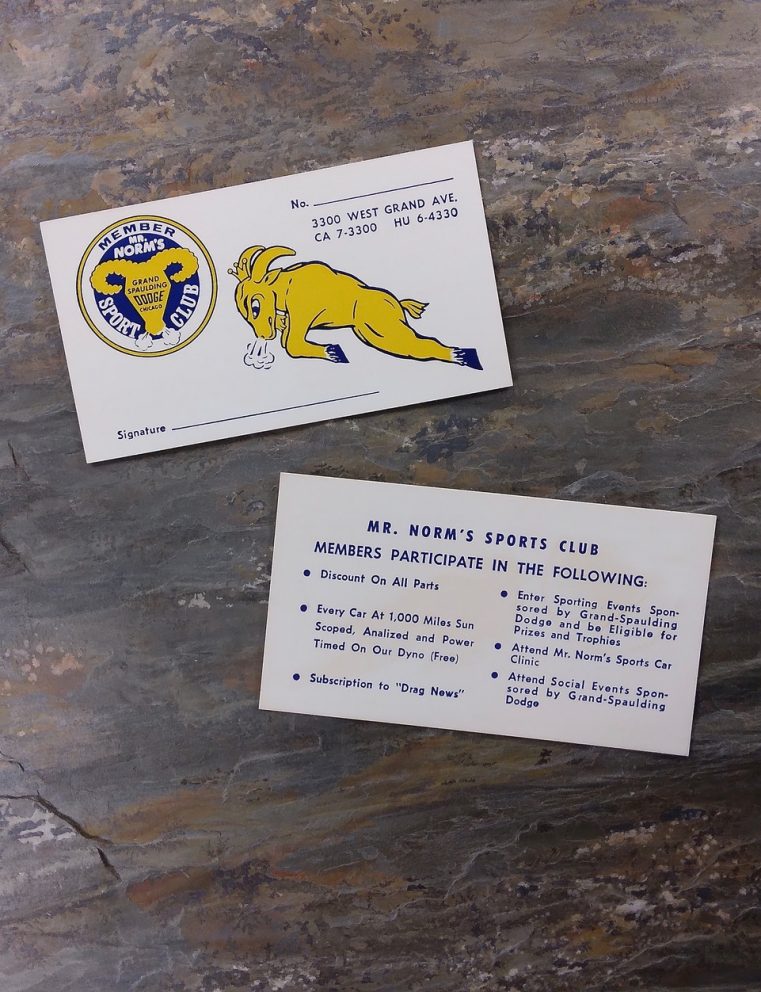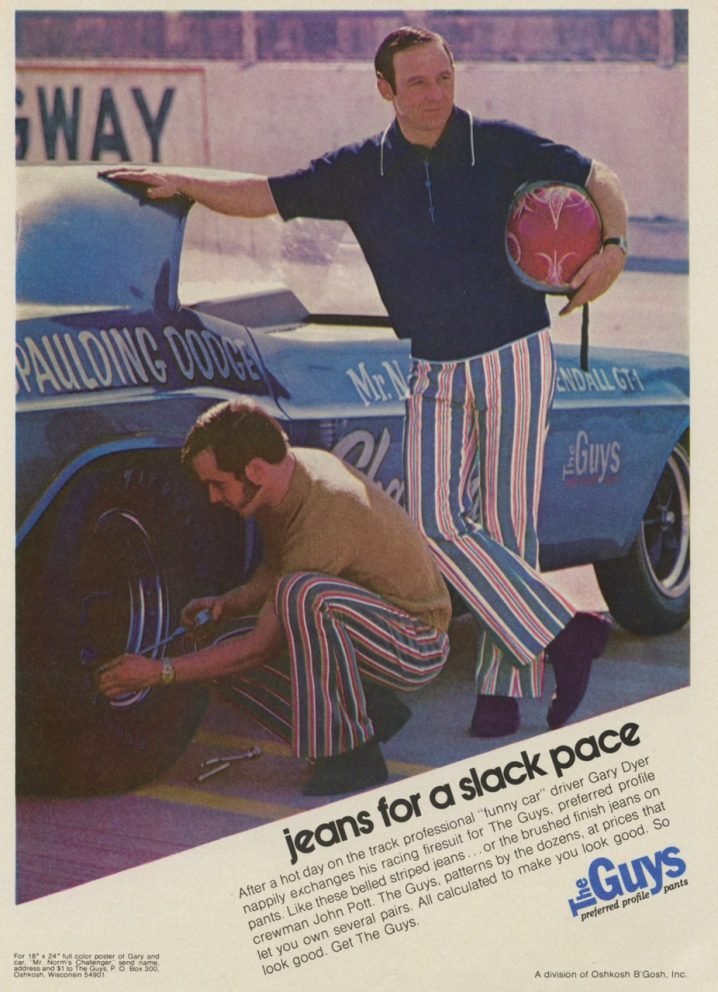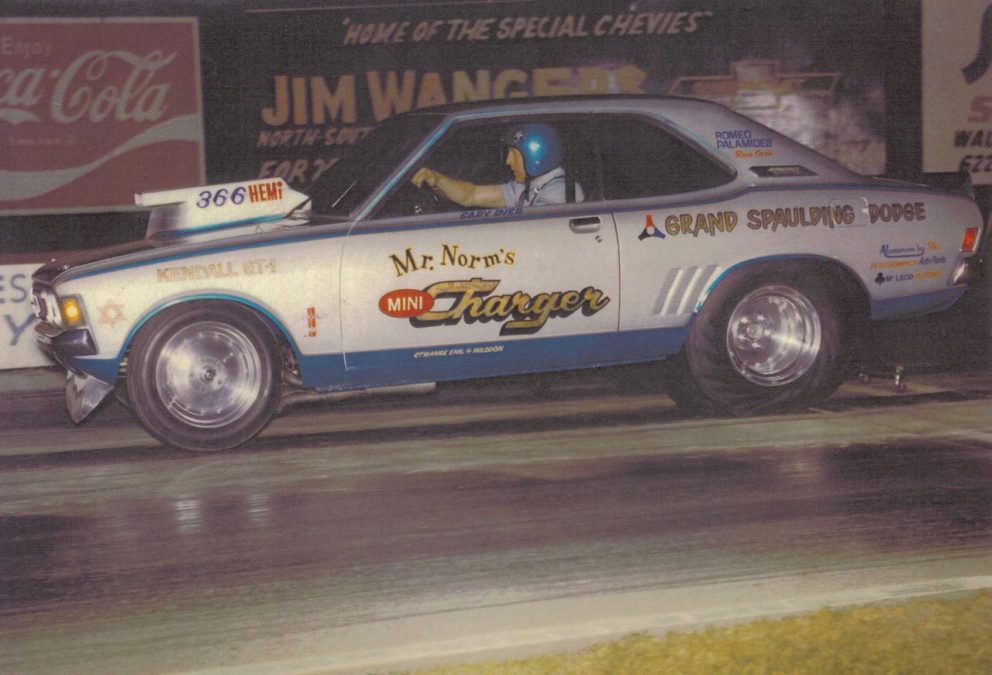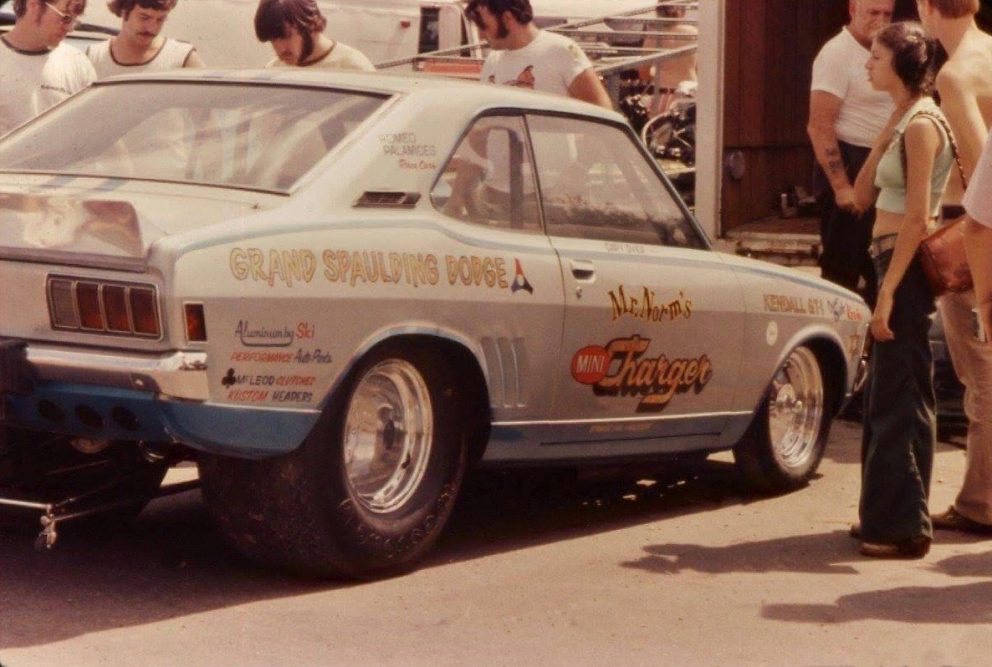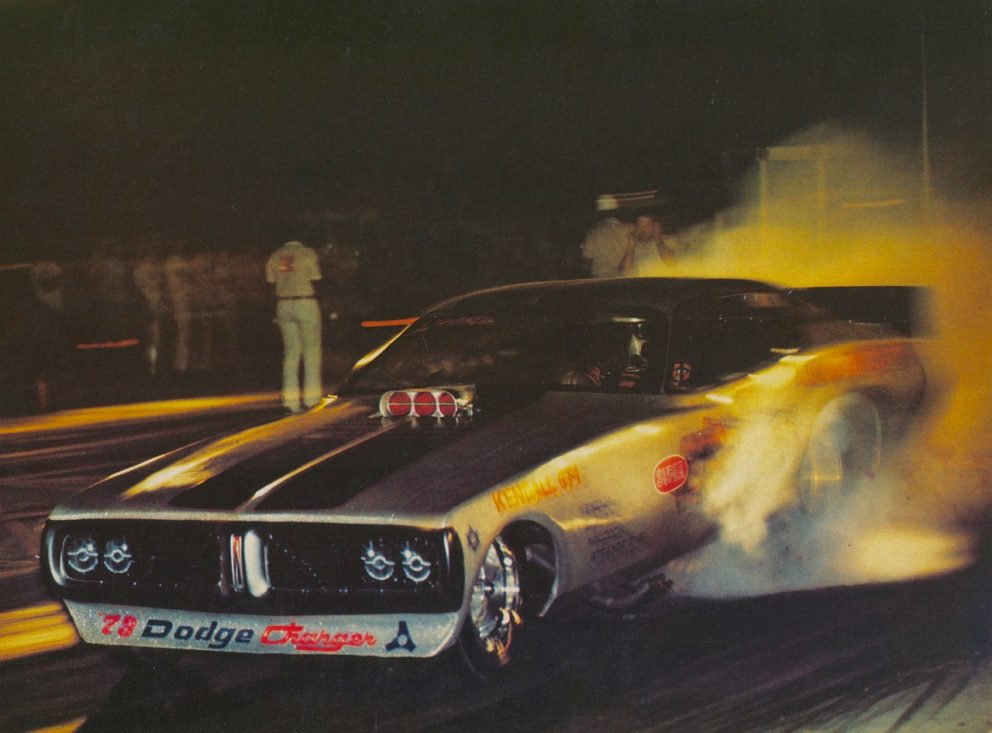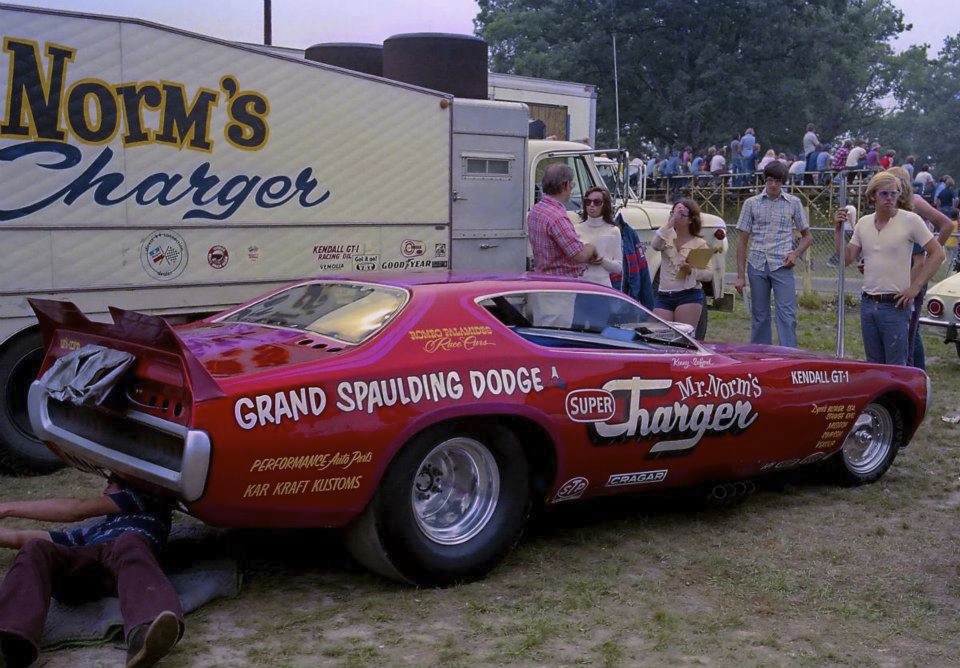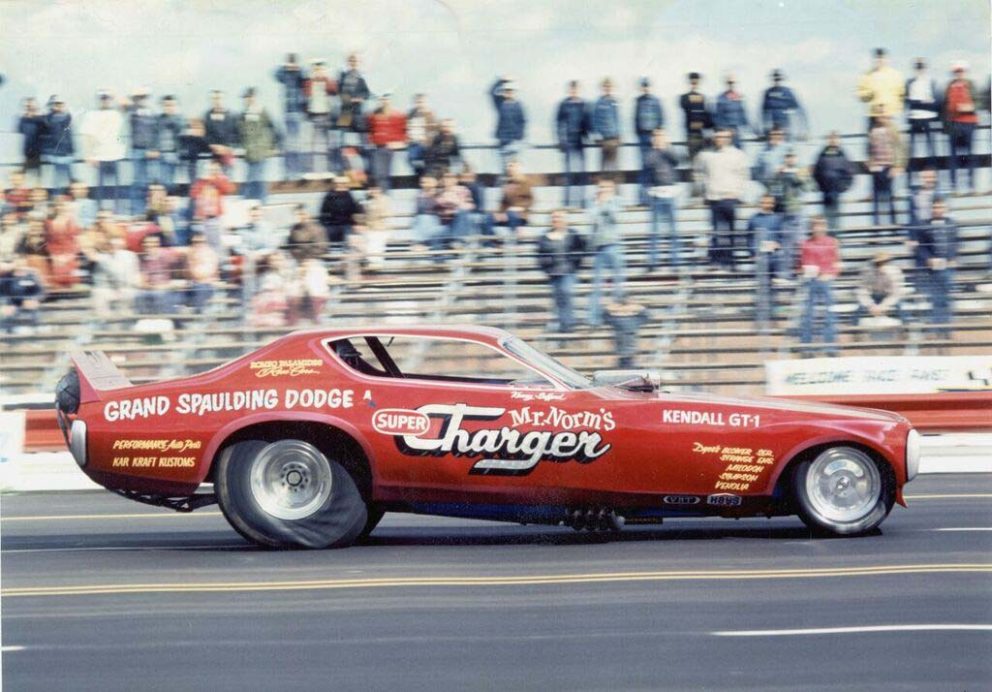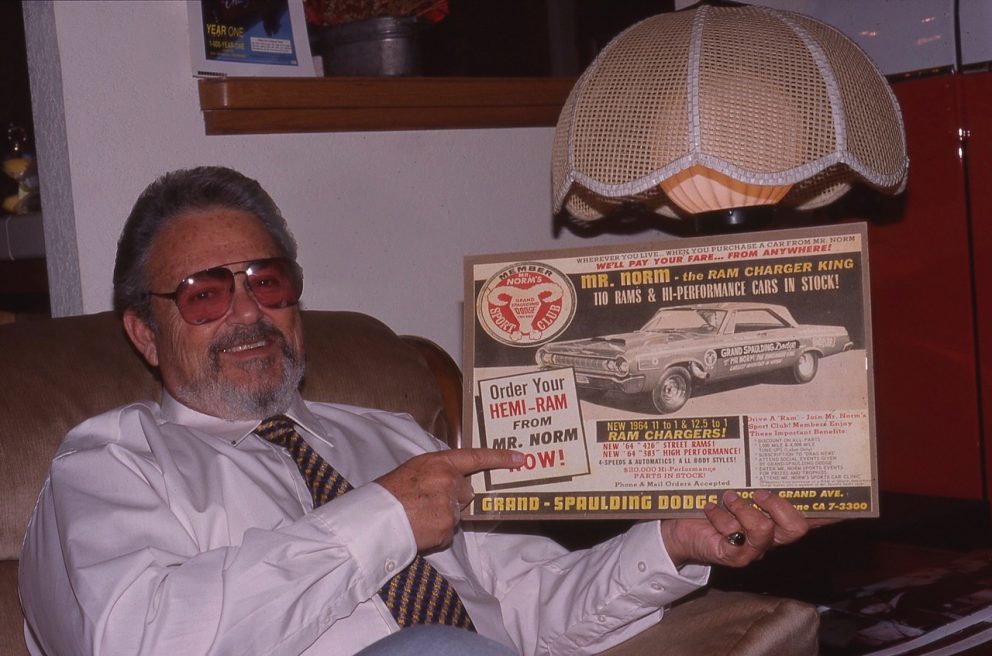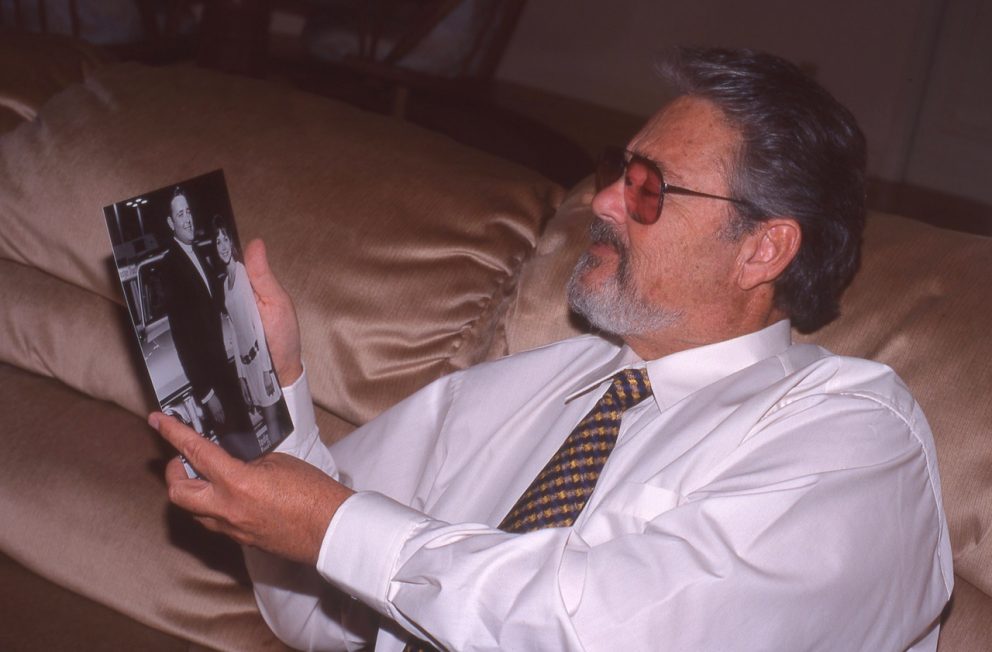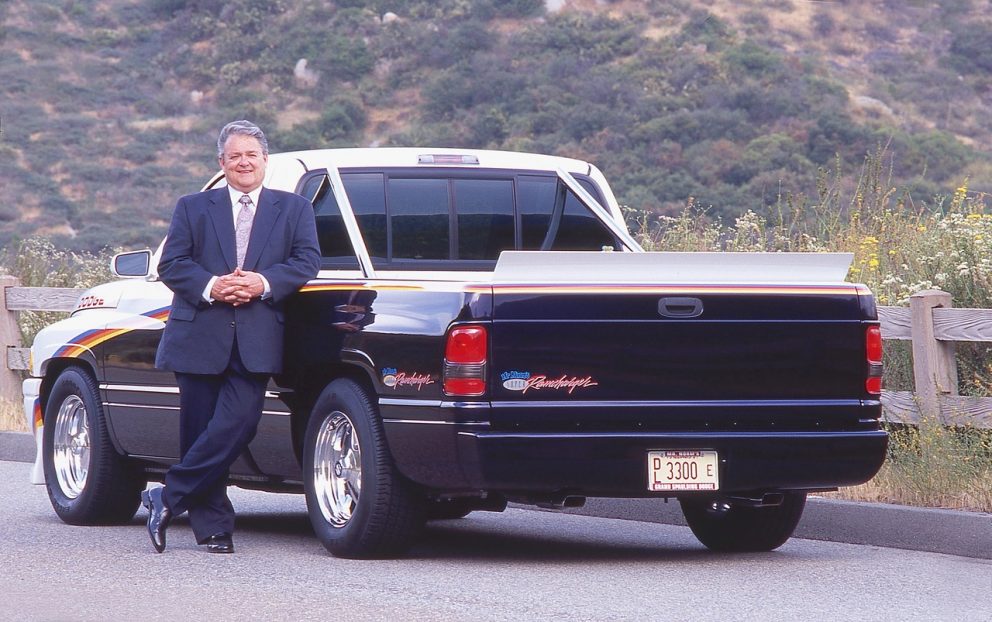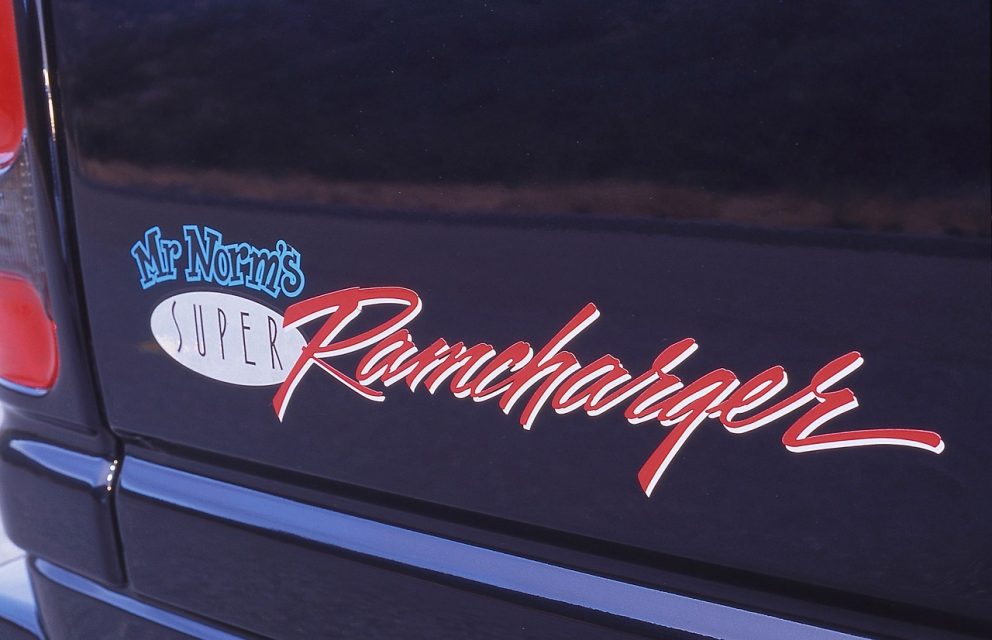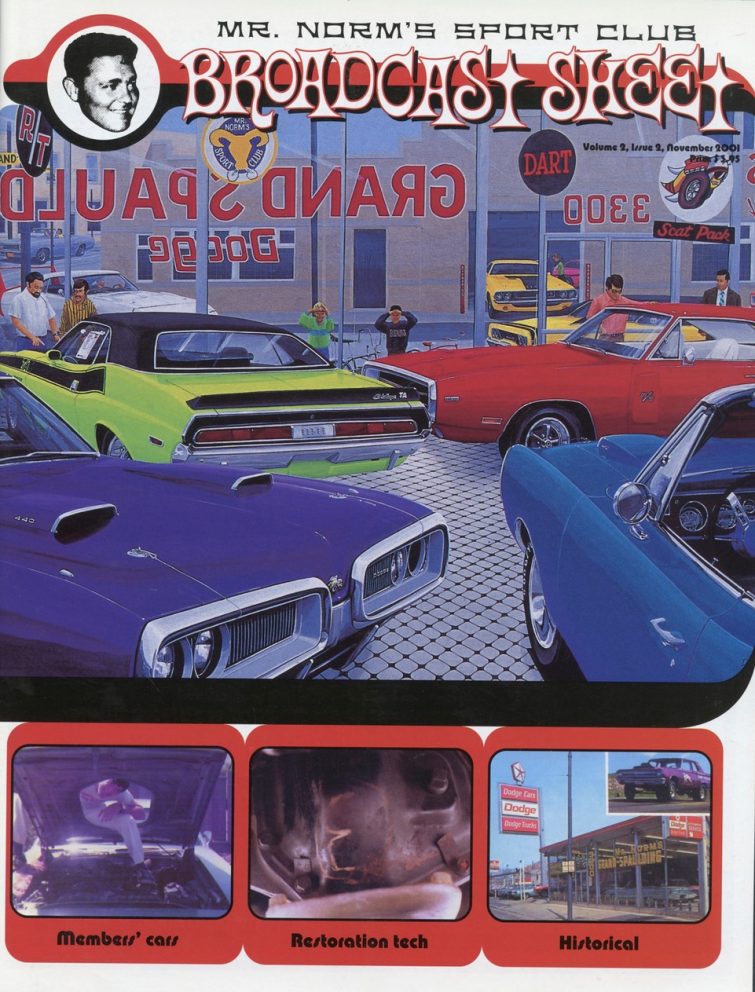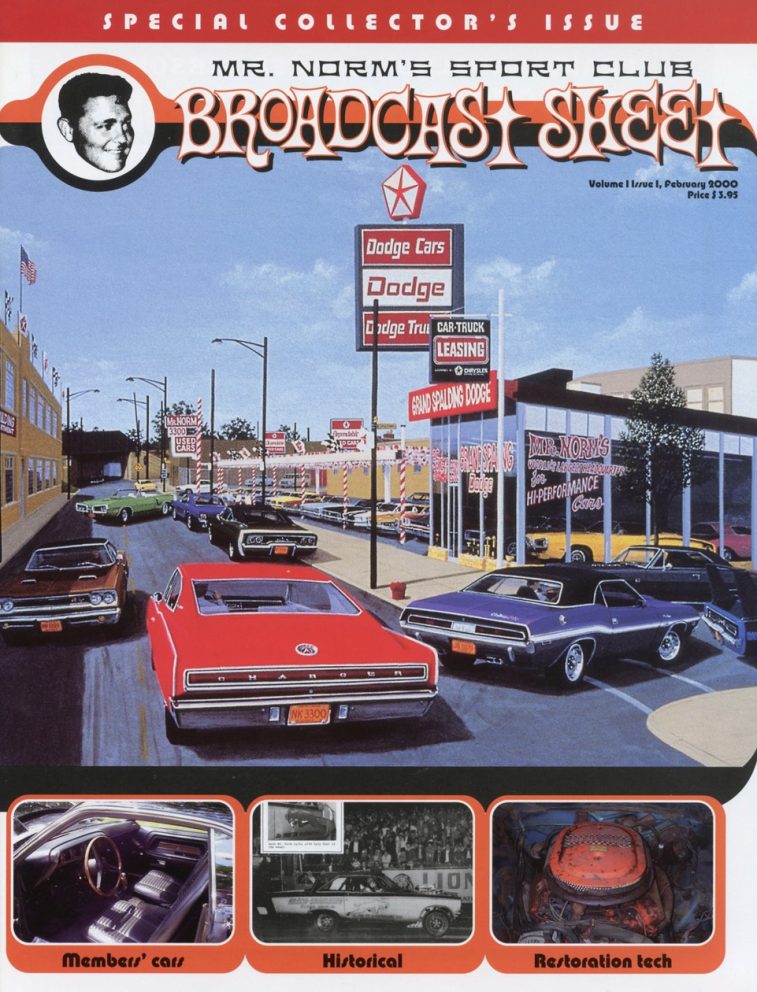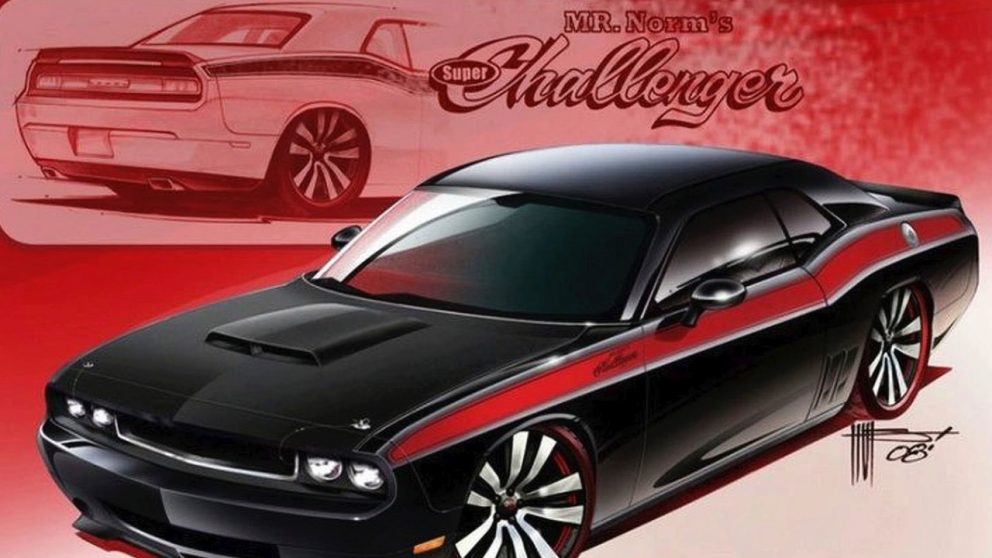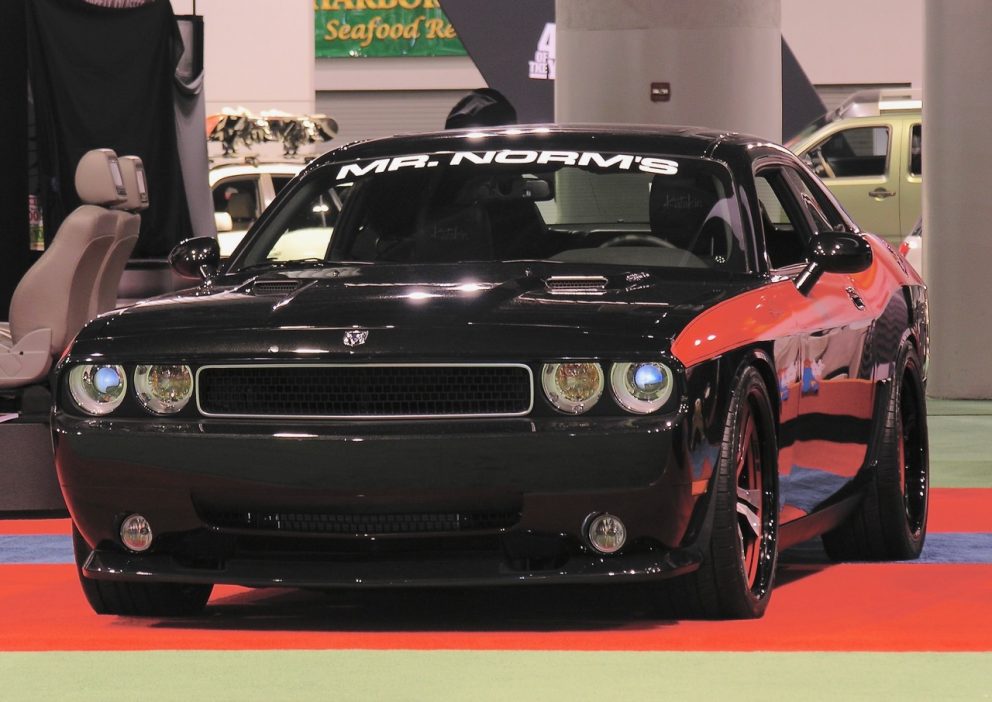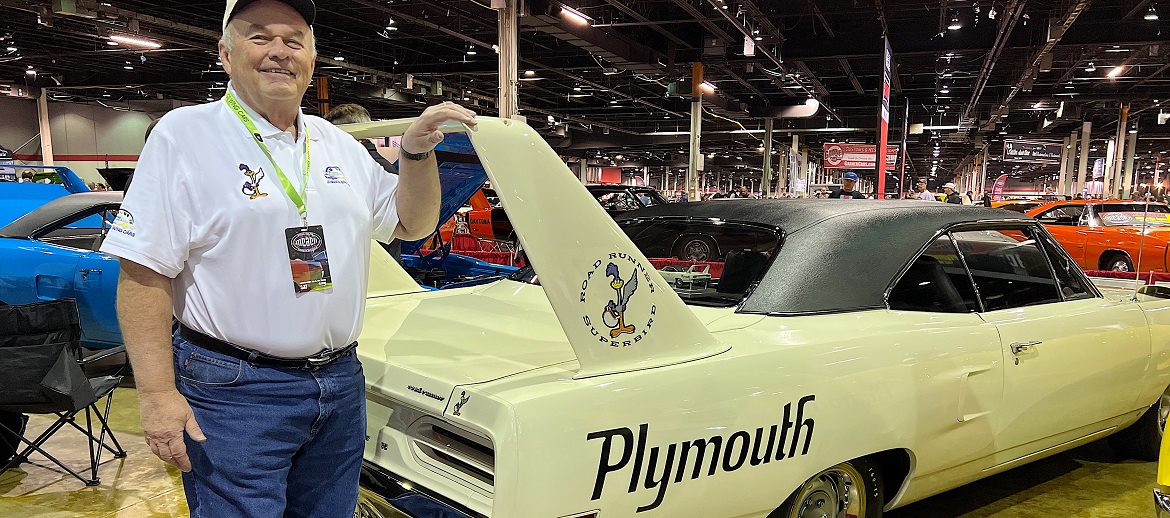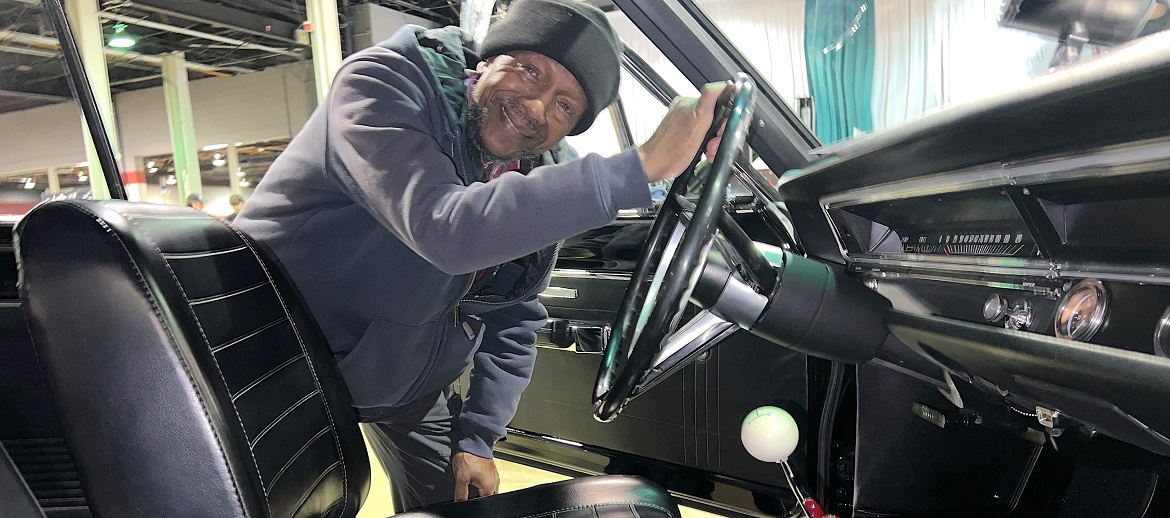REMEMBERING Mr. Norm!
2 years ago Showcase
Starting in the early 1960s and continuing through the muscle car era, there was a very famous Dodge dealership based out of the west side of Chicago, Illinois, and it was called “Grand-Spaulding Dodge.” Over the years, I had opportunities to sit down and talk with Mr. Norm all about the glory days and it was such an interesting story, and it was directly from the source! The dealership, the action at the drag strip, how it all came about and some fond memories. There’s a lot to be learned by this story, as it tells the tale of how Detroit came to get the youth charged up about automobiles – in this case, Dodge vehicles – and how the scene was different in this timeframe, everybody was “car crazy” and the dealers that were smart enough to reach out and market to this young group experienced a lot of sales; and Grand Spaulding Dodge did it like no other.
Norman Kraus first started selling used cars when he was just 16 years old at his father Harvey’s gas station, as he wanted to do something a bit more exciting than simply sell gasoline and make 3 cents per gallon profit. Slowly but surely, he and his brother, Leonard, expanded the family business to include high-performance, manual transmission cars. They knew that if they had an ample supply of them, they would sell almost immediately. In order to find customers, they ran small ads in the classifieds of the Chicago newspapers, and since there was a charge for each letter and number, in an effort to use as few letters as possible they simply put “call Mr. Norm” at the end of each advertisement and it ended up sticking. The phones would ring off the hook and they were always in search of fast V8 cars to sell, and in time the place, then called “Grand Spaulding Auto Sales” (because it was located at the corners of Grand and Spaulding Avenues), was known all around Chicago as the place to find used performance cars.
In 1961, there was a call and visit from the people from Dodge about the creation of a new Dodge dealership at the business the brothers had started. After reviewing the Dodge product lineup, the brothers simply thought the cars were too ugly to sell, and thanked the Chrysler Corporation representative but said no.
It was about the end of the year 1962 when the rep returned, only this time, he had some pictures in his briefcase that caught the attention of the Kraus Bros.: the all-new 1963 Dodge body style and the news that the 413 “Max Wedge” engine was going to be enlarged to 426 cubic inches. That was enough to get Norm and his brother signed up to be a Dodge dealership! We pick up the story with the delivery of brand-new 1963 Dodges and the construction of the new-car showroom and service facility at the corner of Grand Ave. and Spaulding Ave. – soon to be the headquarters of the world’s most famous Dodge performance outlet!
While reviewing my extensive material for this story, I went through the tapes I had recorded of him in the interviews and here’s some of the key historical information he gave me:
MAXWELL: What was the scene like at 3300 West Grand Avenue in the early days of 1963?
Mr. Norm: I remember my brother and I were sitting in the office there and we were saying that we should get at least about 15 of the new 426 Ramcharger cars. We were only projected to sell about 25 cars a month and we thought we’d made 15 of them Ramchargers. We ordered them and then the sales rep from the factory asked us how many Ramcharger cars we planned to sell a month – we said about 15 the first month, maybe 20 the second month. The rep said, “Well, why don’t we do this. We’ll order 50 so you’ll have them built at the factory and then as you need ‘em, we’ll have them shipped in!” That sales rep assured us that all we had to do was call and say to ship the cars – as we needed them. Well, about thirty days later – it was snowing so hard… you couldn’t see 10 feet in front of your place, it was cold too! Well, I looked up and all 50 cars showed up at the same time! We can laugh about it now, but boy, I wasn’t in a laughing mood when I saw that…
MAXWELL: Wow! 50 hot new 426 Ramchargers all at one time… what a sight that must have been!
Mr. Norm: First of all, we had to get them off the trucks! The head driver comes into the office and says, “I can’t get these cars started!” He was freezing… covered with snow… white mustache, white hair, white eyebrows! You really felt sorry for the guy… we sent a man out there and soon he returned… all covered with snow… and he said: “All these cars are flooded out!” I said, “Well, they come from the truck like that, I guess it becomes a warranty situation!” We ended putting in 50 sets of plugs that night… the only way to get them started! Every one with a big puff of smoke… finally we got them all unloaded.
MAXWELL: Where’d you put them all?
Mr. Norm: We had no place to put 50 cars! There was never supposed to be more than 20 cars coming in once at that time. But what those 50 cars did do was show us how many friends we had in the area… in 1961, I was the president of the Used Car Dealers Association of the State of Illinois… I took out the list of used car lots and asked if they would help me out and store 2-3 cars in their lots for a while… you had to do what you got to do! We didn’t waste any energy worrying about it, crying about it, we just took care of it!
MAXWELL: How did you move out (sell) all those cars?
Mr. Norm: The very next morning, our advertising agent was in our place and we made up advertising spots for the Chicago-based WLS radio station… the largest radio station in the United States at the time. The ad was all about performance. There was nothing in the ad about vans, wagons or trucks! It was just a few days later… the word got out and soon they were gone!
MAXWELL: Mr. Norm, when did the showroom get built?
Mr. Norm: Part of our agreement with the Dodge people was to build a showroom and a service department – immediately! In the spring of 1963, the foundation hole had been dug and no matter what we were doing at the place, sales always was top priority. One day, I was walking a customer through the area to see a car – there was a huge pile of dirt – and I’m talking, and talking, and I don’t hear a reply or agreement… or anything! I turn around and he’s not there. He fell into the foundation hole! I look down and he’s trying to get out of the hole… he’s laughing, and while I’m trying to help him get out and I’m laughing! He became a very good customer and over the years every time he came in we’d talk and laugh about it.
MAXWELL: How did you and your brother get into using drag racing as a sales tool to sell new Dodges from your dealership?
Mr. Norm: One day, a guy by the name of Clyde Hopper came to me… a black dude from the South side of Chicago. He had just bought from us a new 330 Ramcharger to race 1/8 mile drags – this was a Saturday morning – and he says “Norm, I’ll put your name on the side of the car if you’ll give me a set of spark plugs and a pair of seat belts. I called over to Dennis Hirschboeck in the Parts Department and we gave him the parts. The next thing I hear is all the phone calls… “We saw your racecar win… congratulations!” The next Monday, we sold five more Ramchargers off that… the following day, I started thinking about a race team of our own!
MAXWELL: How and when did the famous Mr. Norm’s Super Charger racecar get built?
Mr. Norm: When I met Gary Dyer, it was in the summer of ’64. We were already talkin’, and I knew that this guy would work with me hand and hand. What Gary taught me in one year would take anyone else ten years to learn! Well, we had the Super Stocker (early 1964, campaigned by John Farkonas and Pat Minick), but what we learned was “Don’t run a Super Stocker!” because you don’t want to run against all your customers… So we had to make arrangements, so that we wouldn’t run in class against our Grand Spaulding customers.
One day, we were running at Lake Geneva, and he (Gary Dyer) was involved with the factory Mercury Comet program. He got off the truck, and we introduced ourselves to each other and started talking, and talking. By the time we got done, in a couple of hours, we had the whole future planned. We just clicked – from that day on, Gary was right there with me. I said to Gary, I don’t want to run S/S any more, and he said, “Let’s build an F/Xer (Factory Experimental)!” I said, you got it!
He handed in his Mercury race and truck and everything, and we went from there. For the next ten years, we were involved with each other in performance at the dealership, Super Charger racecars and anything and everything that we did.
MAXWELL: So it was this Gary Dyer that got you out of Super Stock racing in into more exotic racecars?
Mr. Norm: Gary Dyer was a genius! The man has got golden hands, a golden mind! Everything he touched… he was a very dedicated, responsible car guy. He came in, and we started building the 1964 Dodge Super Charger. We put a blower on it. We started getting it ready. The only other supercharged car was Arnie Beswick. There was no other F/Xers around…
MAXWELL: Were you running gasoline?
Mr. Norm: One night at a match race in Illinois, Gary went out and wins then comes back (to the pits) and I told him that something was wrong! He said, “What’s the matter?” I tell him that my eyes are burning, I can’t keep my eyes open! He says the competitor (Beswick) was running “fuel.” I say, What’s that?!
MAXWELL: Nitromethane?
Mr. Norm: Yes! That’s the first time I found out about fuel. I said, Boy, did I get a sniff of that! I asked what does it do? He told me it made the car go quicker. I said: Put some in the car! He told me the engine wouldn’t take it… he said it would blow mid-range. We did it anyhow… it came out of the gate like you wouldn’t believe… and he did blow it! But he coasted through (the finish line) five car lengths ahead of that Pontiac!
MAXWELL: So it was “Win on Sunday, Sell on Monday?”
Mr. Norm: Every week! Wherever we ran, we’d do real good. The further away we ran from Chicago, I’d talk about parts, if we were 700-800 miles away. The closer we were, I’d talk about cars. They’d always want me to come up there (to the tower) and talk, and I’d talk and answer questions. Which I would gladly do. I was a dealer, and we had a performance parts department! Plus we had a service department, and we had a new car department and a used car department. And this became a big part of our sales at Grand Spaulding.
MAXWELL: Is this when you started running those ads in Drag News and Car Craft and the other car magazines?
Mr. Norm: Yea, I met Doris Herbert while in California and she cut a deal with us to provide a free 6-month subscription to members of our Grand-Spaulding Sport Club. She gave that and I said that was so nice of her! And then our customers would re-new the Drag News subscription with her. It helped everybody involved. So we started putting that ad in there, we put info about all the new cars, a picture of our racecar, specials on service, specials on high-performance parts and a schedule of where we’d be running for the next four dates.
MAXWELL: How did the Sport Club idea come up?
Mr. Norm: Well, everything we did over at Grand Spaulding Dodge, it was like niche thinking, once you start niche thinking, that you want to be separated from everyone else, it wasn’t hard! We sold a lot of cars at $200.00 over cost, and we had the Sport Club for our customers. We’d have a “Mr. Norm’s” day at the track and 400-500 guys would talk to another… and they’d all have different prices on their cars? No way! We formed the Mr. Norm’s Sport Club. We’d give them a free power tune. A free T-shirt. A discount on parts. Specials in the service department. A free Drag News subscription. Everything that we learned and developed on the racecar, we would pass on to the members. Our theme then became performance-proven know how. We had Clayton chassis dynomometers. Gary would come in the dealership, and we’d take a 383, a 426 wedge, and a HEMI®, and he’d “power tune” and give the specs to our dyno people. We’d do the carburetor, we’d curve the distributor, change the springs in it. That was a Power Tune. Then we’d run it up on the dyno, and put a load on it, run it up to 5,000 rpm to see that it put out the horsepower! We made sure that no Grand Spaulding customer would be embarrassed on either the street or the strip.
MAXWELL: Can you tell us about the way Grand Spaulding got involved in selling high-performance “speed” equipment through the part department?
Mr. Norm: Denny Hirschboeck was my Performance Parts Director. He was recommended to me by Gary Dyer. He knew cars! He was my eyes and ears to the performance equipment world. One day, Denny walks up to me and says they are having a big “speed” parts show out in Anaheim, California. I tell him to get two tickets, we’re going! We were there the next day…
MAXWELL: What show was this?
Mr. Norm: The very first SEMA Show. I went through that place and introduced myself to Doug Thorley, Vic Edelbrock, all the cam guys, the wheel guys, everybody! I wanted distributor prices… but could only order about 50 wheels at a time, instead of 400 like they wanted. I finally talked them all into it – the fact that I was an automobile dealer… selling lots of performance cars, it’s just that I didn’t have the space at the time for large quantities. But after we got going, and were selling these speed products fast, they never complained! We were moving these headers, manifolds, custom wheels, cams, carburetors – you name it – by the hundreds at a time. We ended up selling more parts than some of their existing “distributors!”
MAXWELL: So you were in a unique situation, a Dodge dealer, a speed equipment merchant, a Funny Car team owner, an advertiser in the popular car magazines…
Mr. Norm: Everything was done to back-up the New Car Department. That’s the number one priority! We sold mostly performance cars, so we had a Performance Service Department. We sold performance parts. Let me tell you something… when we sold these cars at $200.00 over cost, well, you’re not going to get rich are you? You can’t! So how were we so successful? I went into our Billing Office, we had five full-time billers. They were busy eight hours to ten hours a day, every day. Just billing out new customers, the Bills of Sales and the contracts.
MAXWELL: That’s a lot of cars!
Mr. Norm: Yes. Next door was the Sales Office. One night, I took them all out to dinner and said, “I’ve got a new deal for you!” We went over the Miller’s Steak House, ordered all the shrimp cocktails and the steaks, and then I said: “Here’s the deal.” I presented them with all the Performance Packages – Street, Street and Track, and Track Only. Packages Galore! Headers, cams, oiling systems, high-rise manifolds, carburetors, gears, transmissions, wheels, tires, you name it! They sold the packages, they got a commission.
MAXWELL: You figured they were going to go and buy all these aftermarket parts somewhere… they might as well get them at Grand Spaulding!
Mr. Norm: We knew that within a month of buying the car, they’d spend nearly 50-percent of the value of the car on parts. We became the “The One Stop Performance Headquarters!” Within a couple of years, we became the number one profit Dodge Dealer in the United States.
MAXWELL: All this plus you spent a great deal of time on the road with the racecars!
Mr. Norm: I’d fly out on a Friday evening, then fly back late on Sunday. If we were racing in the area, I’d always ride to the track with Gary in the truck.
MAXWELL: What ever happened to all the old “Mr. Norm’s” racecars?
Mr. Norm: Well, nobody knows where the ’65 racecar is… the acid-dipped Fuel Funny Car, it ran a 8.63 at Lions in California and that blew everybody away. It also blew out the back window of the car. The Charger Funny Car from ’69-’70 is now being totally restored and will be displayed at Logghe Stamping Company. There are people who keep track of where these types of cars are, and they know where every one of the old Grand Spaulding cars are except that ’65.
MAXWELL: That 8.63-second run made the cover of the Los Angeles Herald newspaper, right?
Mr. Norm: Correct, you really did your homework! Yes, and that night at Lions there was something like 25 to 30 thousand fans there, they could not believe that a car from Chicago would beat everybody but we did.
MAXWELL: You and Gary really performed well on the drag strips over the years, from all over the country in fact.
Mr. Norm: Gary Dyer was the best! In our shop, we had a thousand race flags going through the center of ceilings going through the Service Department… we had 4 x 8-foot character drawings – nice paintings – of all the guys we raced and beat! It was done in good humor, not to put anybody down. One time, we were sending back one of our Fuel Funny Cars from Pennsylvania back to the dealership and the driver, who was our Service Manager at the time, was told to transport the car directly to the shop. Well, he stopped at Ubly Dragway… he turned the car over and ran it through the traps on its roof! The next day, I called our artist, told him what happened. Next thing, he comes in with a new painting – showing the guy going over the finish line upside-down saying: “Don’t worry Norm, I’ll bring it right back to the Service Department!”
MAXWELL: A great story!
Mr. Norm: Another time… I was away on vacation in Hawaii and told my guys, “Nobody touches the racecar!”
One of the mechanics somehow got the car out of the shop and took it to the Southside and raced it on the street. Alongside a canal… he got it all crossed-up and he pulled the chute on it, went over the embankment and just stopped short of going into the canal! Someone called the police, and they came out. The car is all turned over, completely totaled-out. The cop was standing there, looks at the mess, looks up and says, “What kind of an airplane would fly around and drops a car with a parachute?!”
MAXWELL: [Laughs and chuckles] Now when did…
Mr. Norm: Wait a minute! That’s not the end of that… I had about $6,500.00 into that car – had a completely totaled car, no insurance and some punk drivin’ it, right?! The next day, when he came down to the shop, me and a couple of guys grabbed him, and we chained him – right to the car! We said, “We’ll release the locks when you have every part off this car!” So Denny could take the parts and sell them – so I get the money out if it. He was chained there well into the next day! He removed the parts, I got my money…
MAXWELL: How did you market the dealership outside of all the drag strip activity?
Mr. Norm: We advertised on the powerful WLS (AM rock station) every night from midnight until 6 AM, which, at the time, went to something like 17 surrounding states because of all the power of the station. We had the group The Buckinghams do a song about the dealership and our ads became well known. One night, we had a match race at Rockford Dragway, and we had a “Mr. Norm’s Night” where the Buckinghams sang in-between the races and we had free hot dogs and sandwiches. We liked to create things a little different.
MAXWELL: Besides selling the factory performance cars, and a lot of them, tell us about the special dealer cars that you sold and how that came about.
Mr. Norm: Well, when the 1967 Dart was released, we had been told that there was going to be a special performance model, something with some power to compete with the Chevelles and other high-performance cars from the other manufacturers. When I found out that the 273 small block V8 was the biggest engine that was going to be available in the Dart, this was late 1966, I didn’t feel Dodge was doing enough to keep up. I had asked the factory about slipping in a 383 big block into the new Dart, and they said it couldn’t be done. I called back to Denny in parts and said to him to get a Dart and get a 383 engine and put it in there, I got busy and within a few days he came to me and said it was all done. There was a motor that needed to be changed, we had to cut the K-frame about a quarter of an inch, and we put a heat deflector by the steering column. The car was a “no-brainer” so to speak.
MAXWELL: Then what?
Mr. Norm: We knew we had a strong package, so we called Detroit to make arrangements to see the head of Dodge, Bob McCurry. He said to bring it to Detroit, because he wanted to road test the car. When I got there he took it for a ride, and he really got on it! He called his engineers to see it, and said: “Look what these kids from Chicago did.” They liked it and said that if we could order 50 of them at a time, they could make them for us. That was the start of the GSS Dart. It took two GTS emblems to come up with the GSS plates.
MAXWELL: How did the 440 Dart program come about?
Mr. Norm: That was the next progression, and it came in 1968. Fifty were sold. Then we went to the six-pack in 1971, on the 340 Demon. The following year, it was Supercharged Demons.
MAXWELL: Thank you, Norm, for the fun stories.
Mr. Norm: I wouldn’t miss this for anything. I love every minute of it. I meet the guys that come up and talk about the old times. It lights me up and charges my battery. There isn’t anything I wouldn’t do for a Mopar fan!”
SURROUNDING AREA DODGE DEALERS WERE NOT HAPPY
When the Dodge franchise men pitched Norm and his older brother, Lenny, about becoming a dealer, they explained that a showroom and service department was mandatory, and that needed to be added to their facility (which was just a car lot and gas station at the time). This was late in 1962 and things were moving fast, and once the cars started showing up, they were being sold fast as well! Because of the time rush and, of course, the cold winter climate of Chicago, Norm just put up a tent and around it was a corral-style fence, with a few hay bales and scarecrows to have a little fun with it. Max Wedge cars were selling and those performance buyers didn’t give one hoot about a showroom. However, until the work was done to build a proper showroom and service area the Dodge regional manager caught a lot of flack by the other dealers. What they soon heard was something along the lines of: “We understand you approved an application for a Dodge dealership at Grand and Spaulding in Chicago.” Of course the reply was “yes.” Then the next thing to come was: “Do you realize they not only don’t have a service department, they do not even have a showroom!” After getting chewed out by the higher-ups in the company, the manager was thinking perhaps it could cost him his job for this. Then, when he was told this, he really was worried: “You gave a dealership to two kids from Chicago? Are you out of your mind?”
Well it was something of a miracle of sorts when “these kids” started selling the new Dodges like wildfire, doubling their sales in the first months and then continued growth at a record pace since that early start. When the warm weather hit the showroom and service department did come to reality and at the next big corporate meeting, the same Dodge regional manager told the top brass how he knew the former gas station / used car dealer would be so successful… the man simply smiles and replied: “I had a good feeling about them from the very start.” Grand Spaulding went on to become the number one sales volume Dodge dealership in the country.
For me, and to anyone who had the opportunity to speak with Mr. Norm Kraus, it always was a real thrill to hear from him, his detailed stories of the “glory days” when he was active in selling and racing Dodges. “The High-Performance King” Mr. Norm passed in 2021 and I’m grateful I had the privilege to spent the time I had getting the “straight scoop” on so much Mopar history!
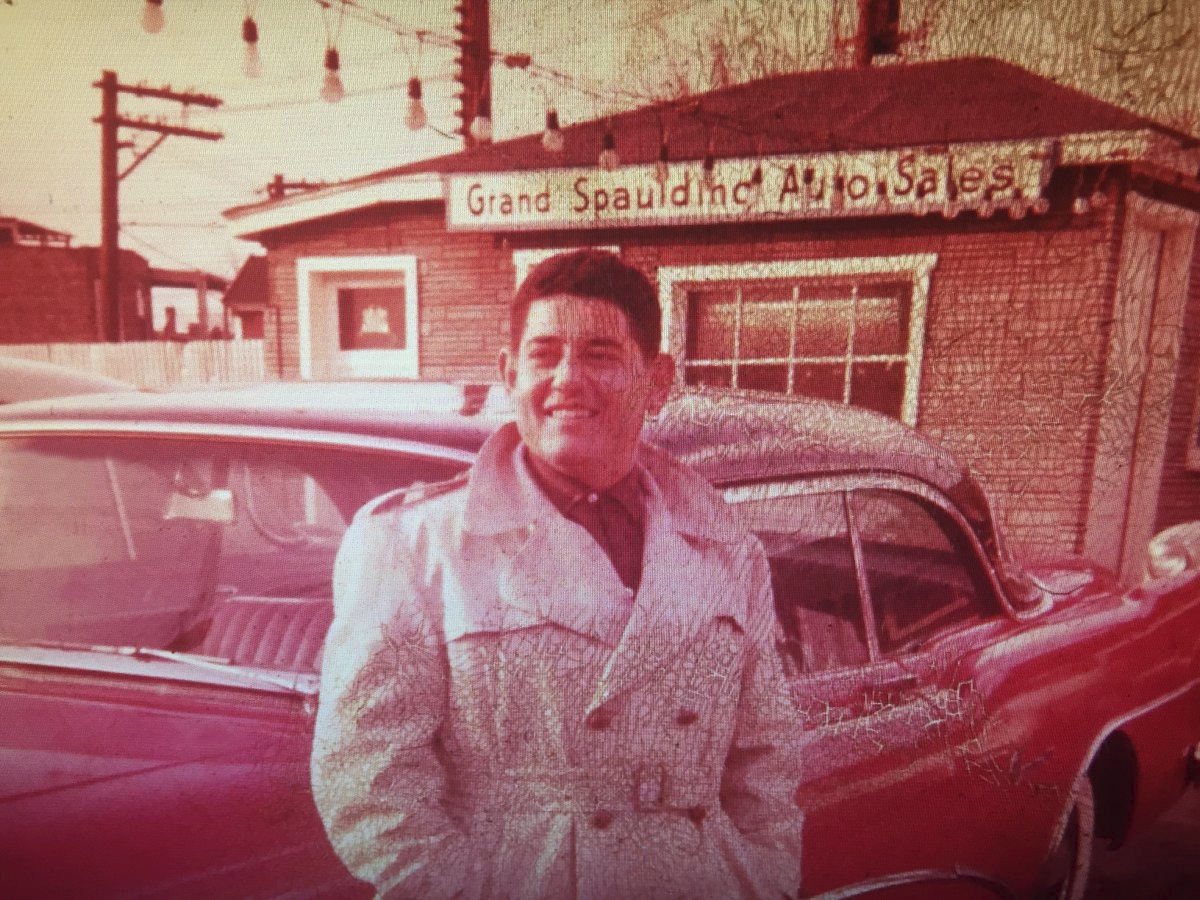
This one goes way back to the late 1950s! With a Buick Roadmaster in the background, it’s Norm “back in the day” as a used car salesman, and little did he know that by the time the early to mid-1960s rolled around, he would become a household name in Mopar circles, go on to be heavily involved in Funny Car racing and sell more high-performance Dodge products than any other Dodge dealer out there… and eventually the top-selling Dodge dealer overall, and grow to having two stores, the other located in Buffalo Grove.
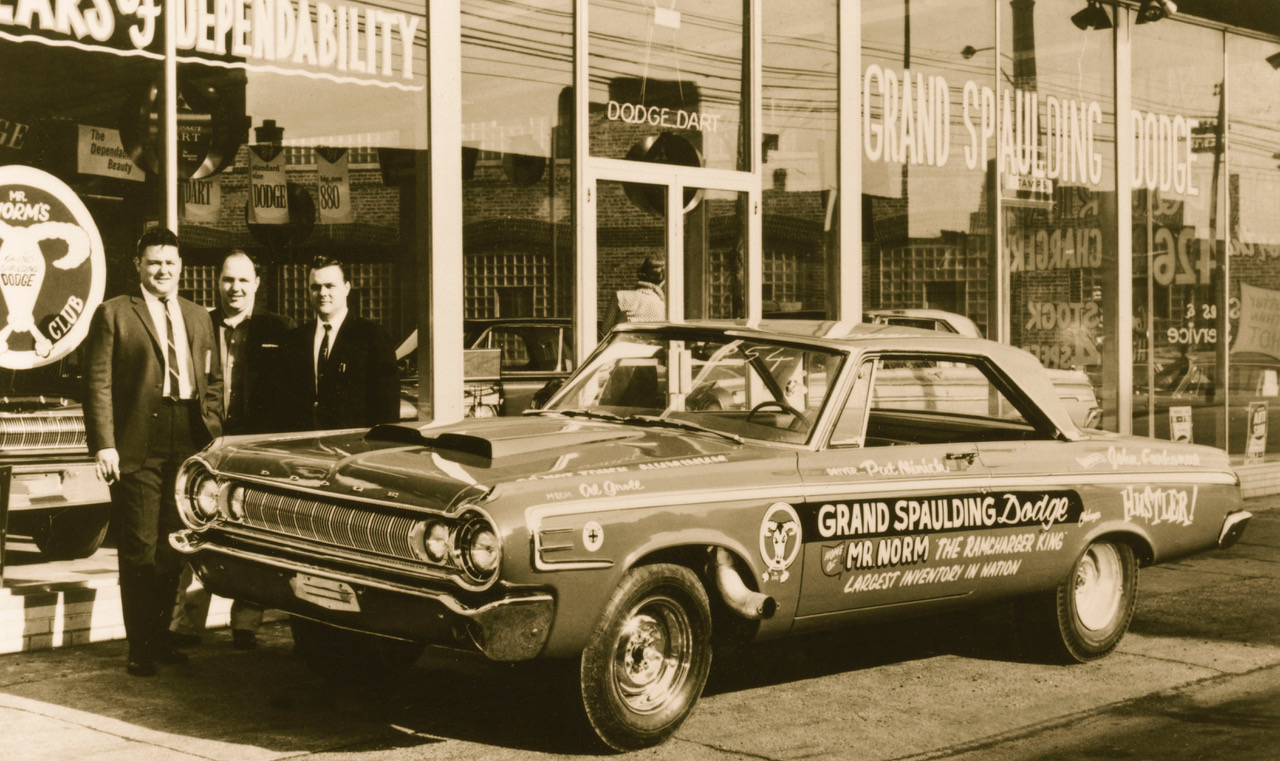
This is the 1964 Hardtop drag car that the dealership sponsored. Standing next to the car is Norm Kraus (left), driver Pat Minick (center) and brother Lennie Kraus (right). While Norm was excited in getting involved with drag racing, it was later felt that running a Super Stock car wasn’t such a great idea as they oftentimes ended up running against their customers.
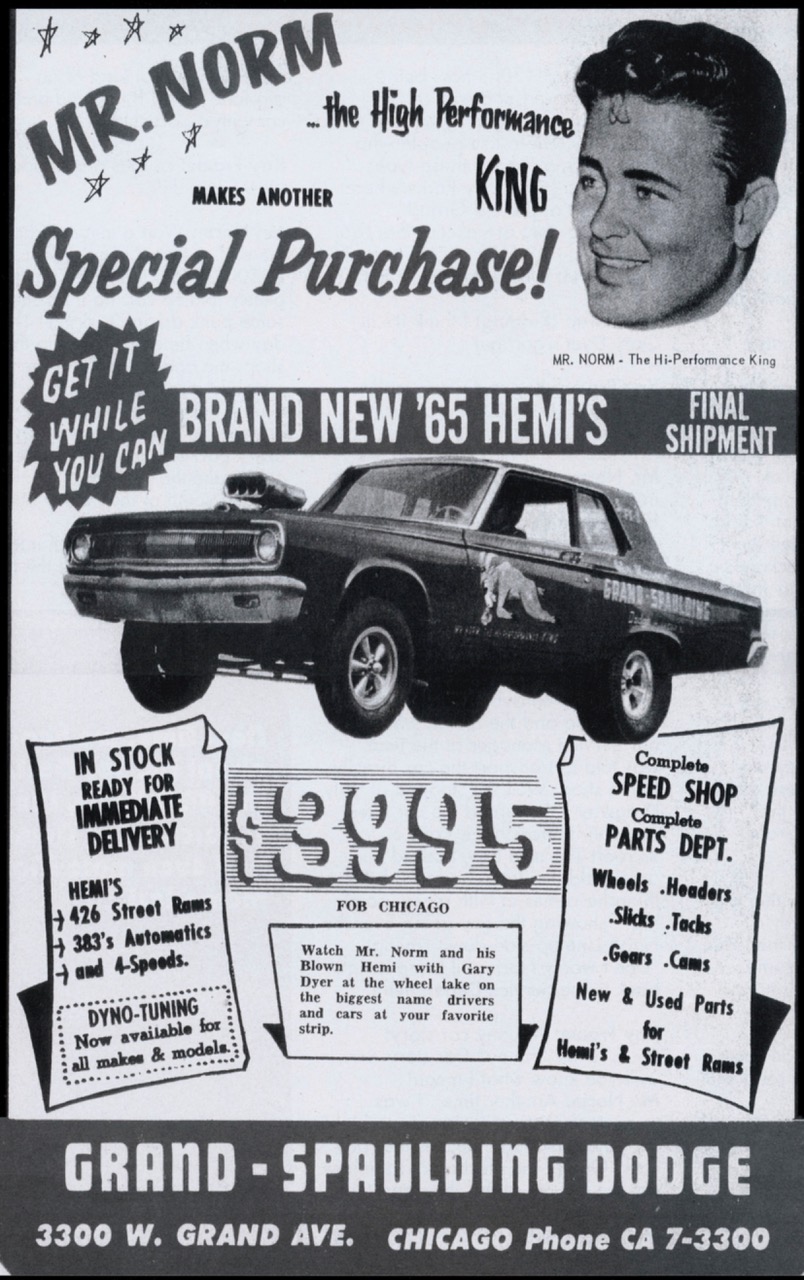
$3,995.00 bought you a brand-new ’65 Dodge HEMI Dodge, all thanks to Mr. Norm.
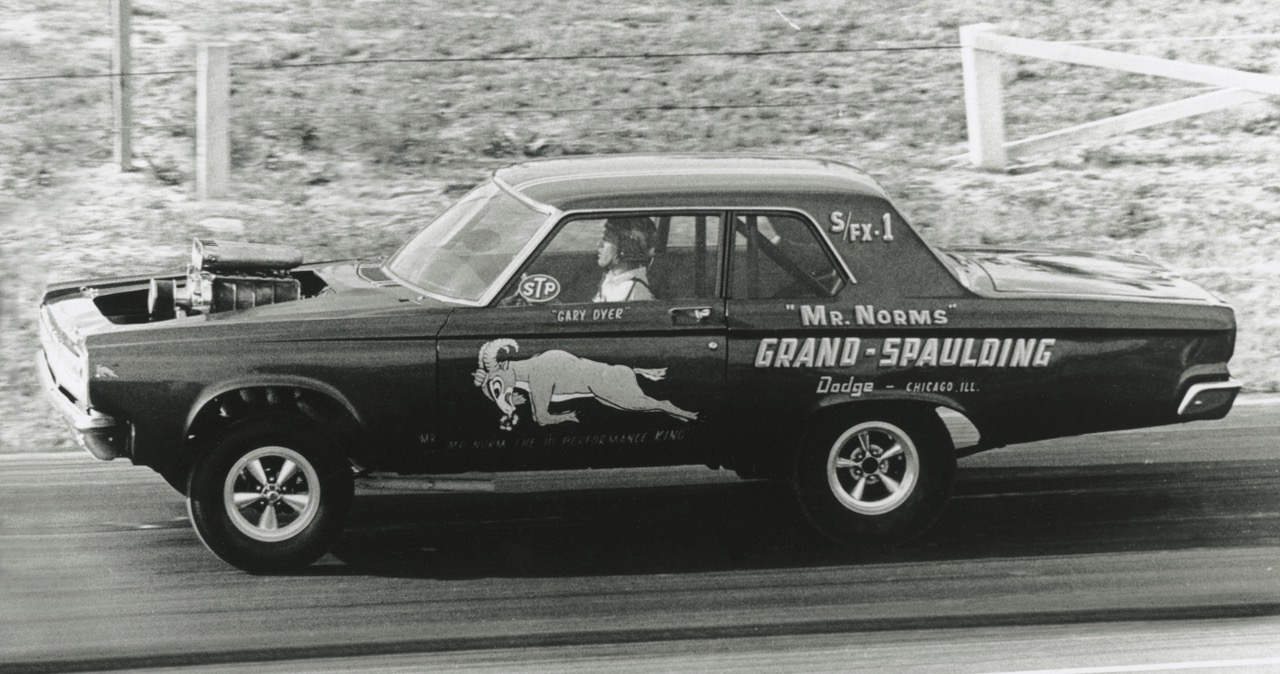
The same 1965 Mr. Norm car (which was a A-990 sedan modified with altered wheelbase in the rear) equipped with a supercharged 426 HEMI engine that delivered a best of 9.10 run at 156.57 mph.
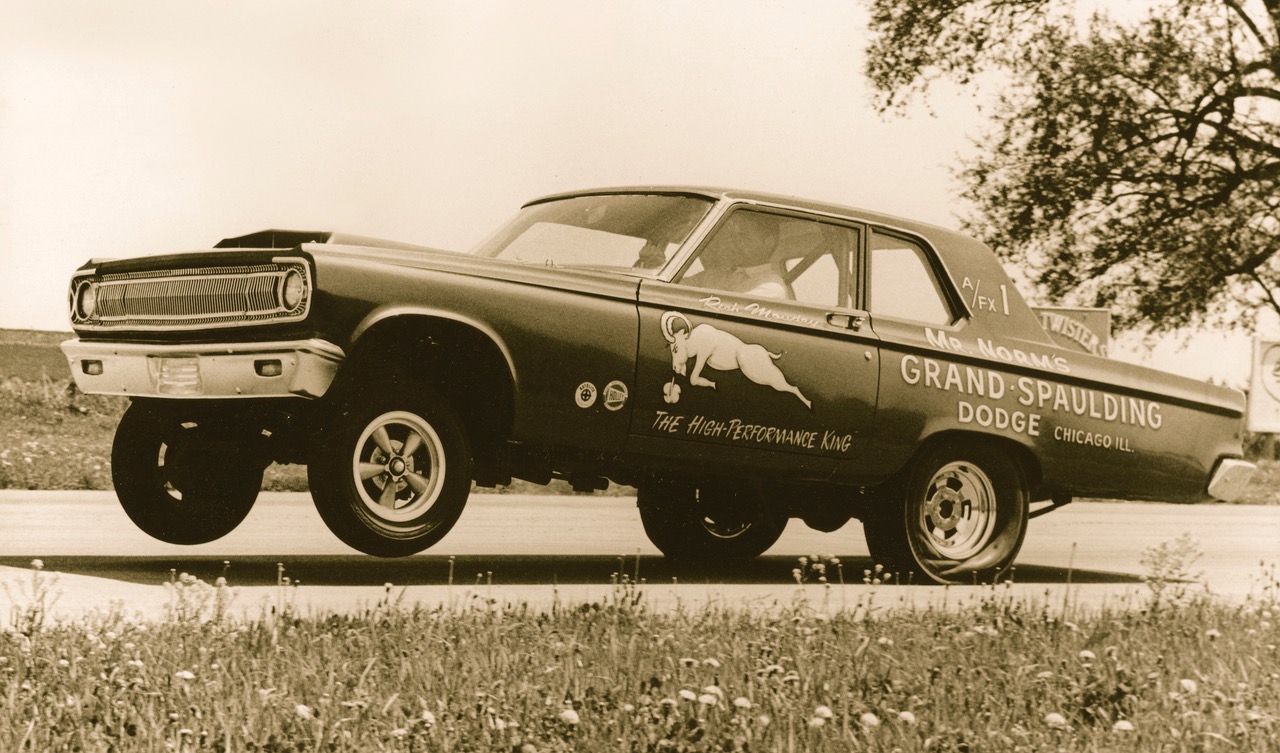
Then called “A/FX” for Factory Expermental, it’s actually Norm himself pulling a wheelie with the ’65 car that had received both front and rear wheels moved forward to increase traction by means of improved weight transfer.
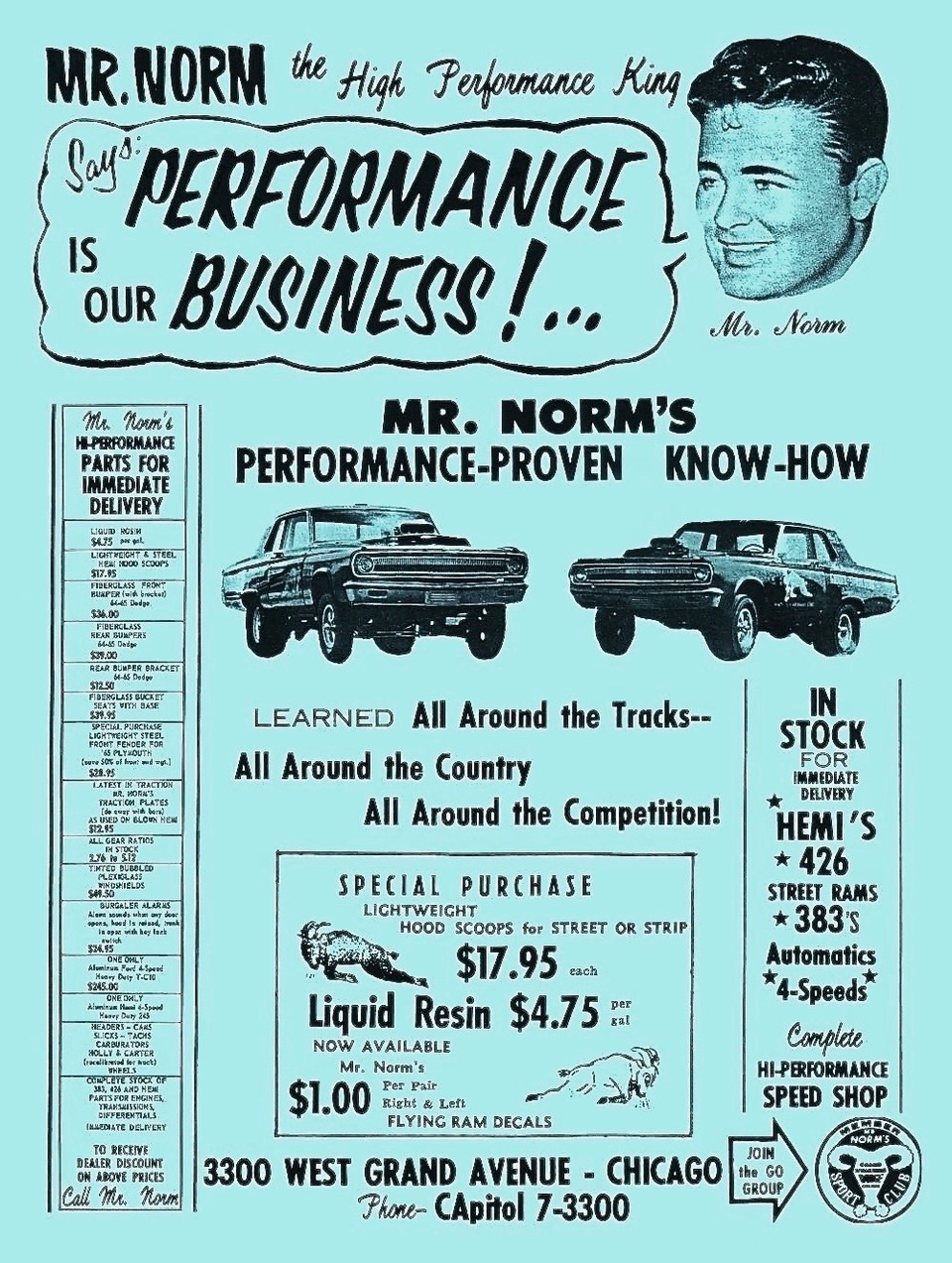
This 1965-dated ad was selling lightweight body panels, hood scoops, plexiglass windshields, along with the slicks, headers, cams, carburetors and liquid resin for fiberglass work.
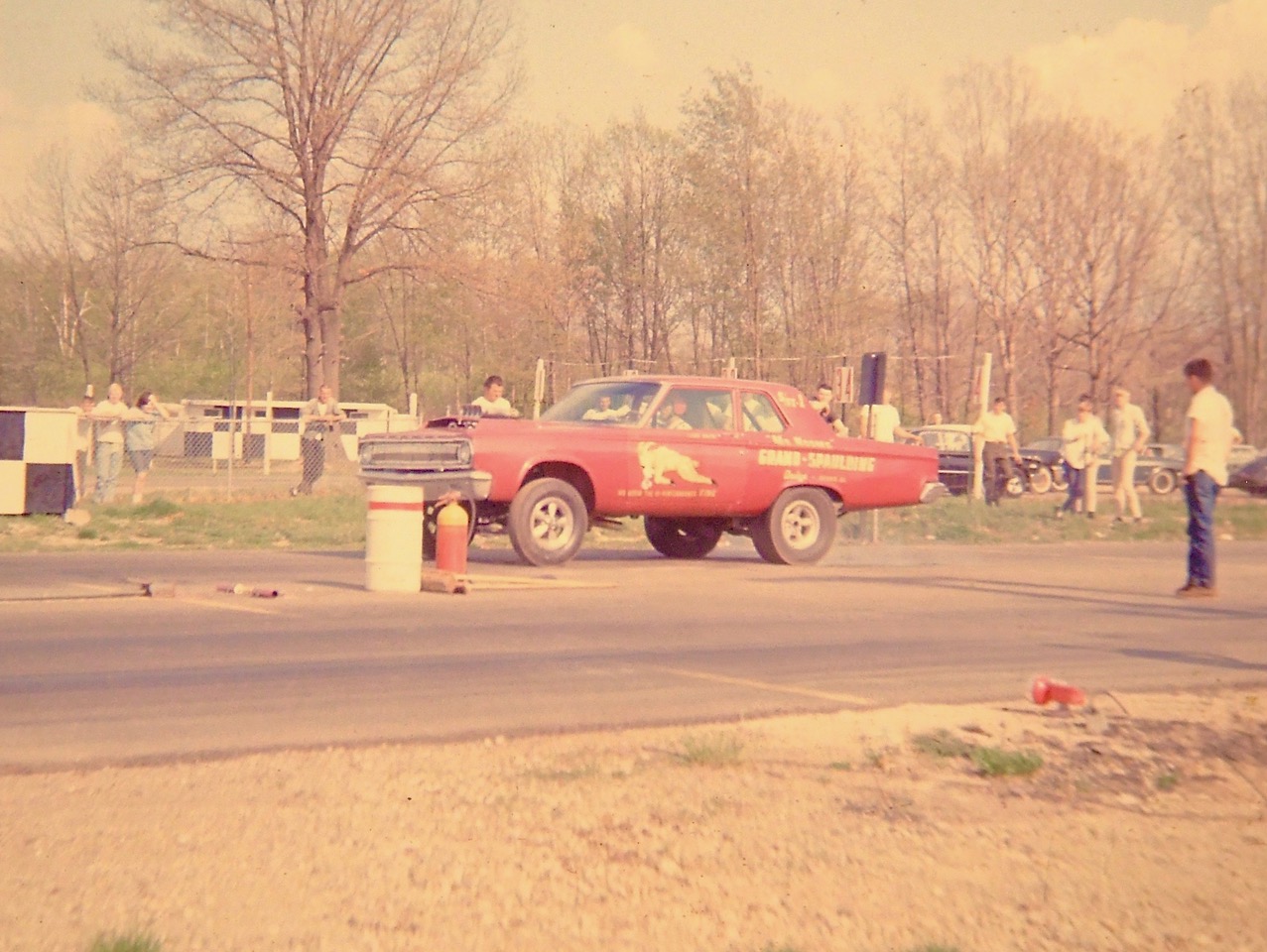
In what could be considered a “transition” car, it’s the ’65 supercharged sedan with rear differential moved forward and still have stock from wheel location.
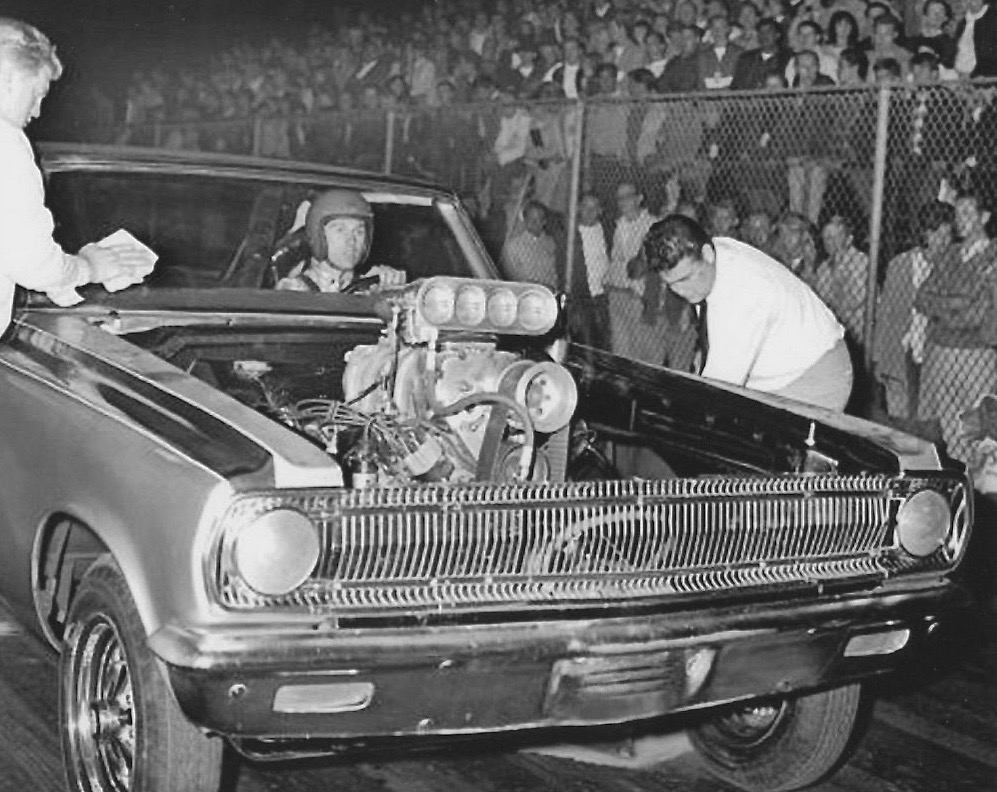
It was a big, big deal when the Mr. Norm car made its appearance for the first time in Southern California for the Lion’s Drag Strip match race… which it won, 8.63 seconds later!
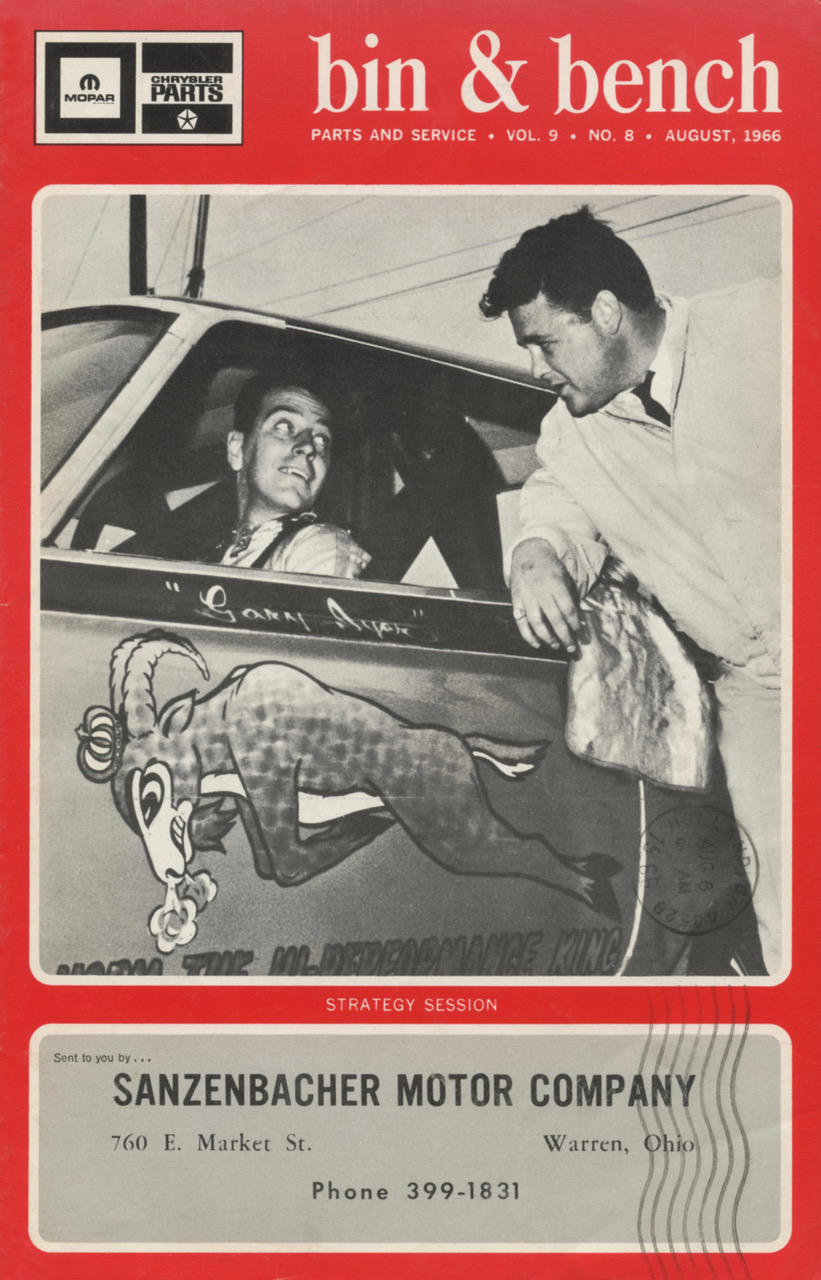
The “bin & bench” was a Chrysler Parts Division dealer publication and on the cover of their August 1966 edition the Mr. Norm drag car was cover material! Gary Dyer behind the wheel with Mr. Norm.
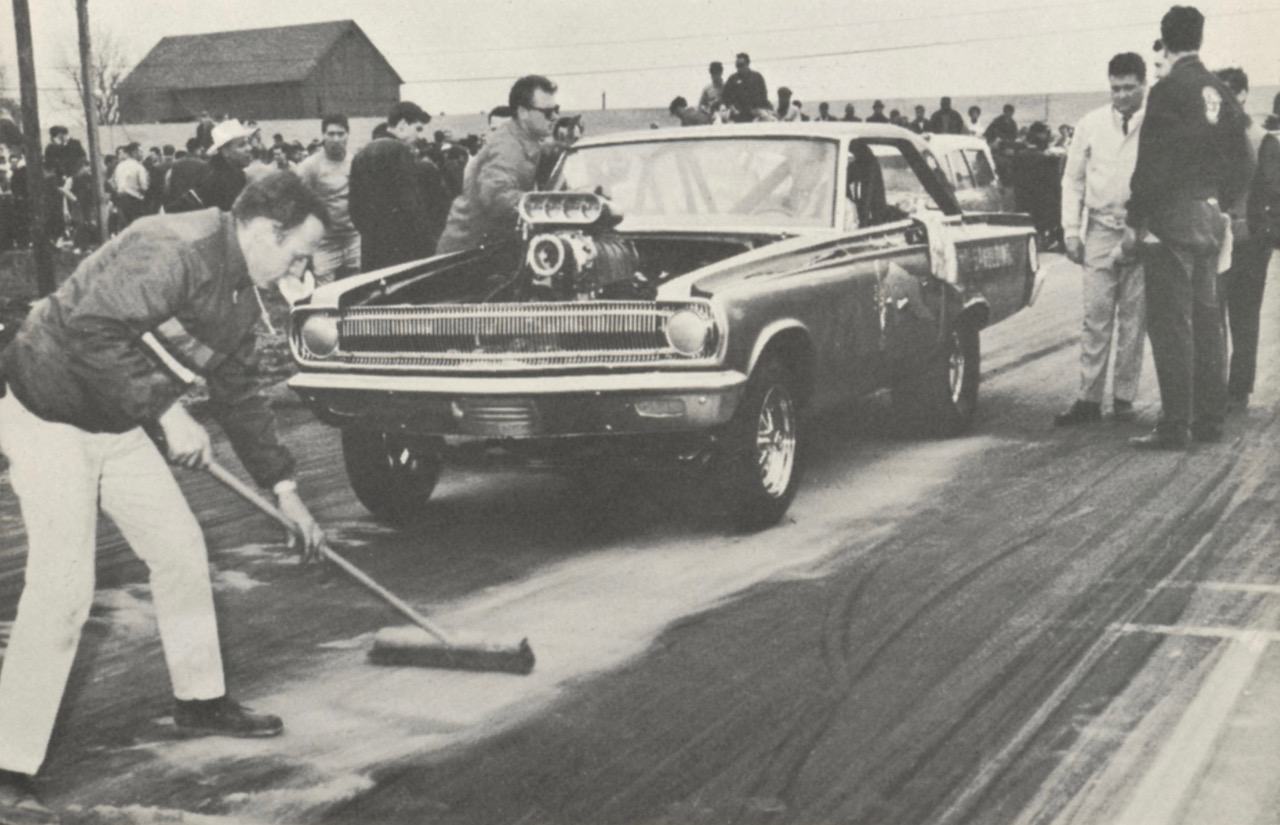
The 1965 Coronet altered wheelbase car in preparation for a run! Sweeping in the traction rosin, Norm standing by the car!
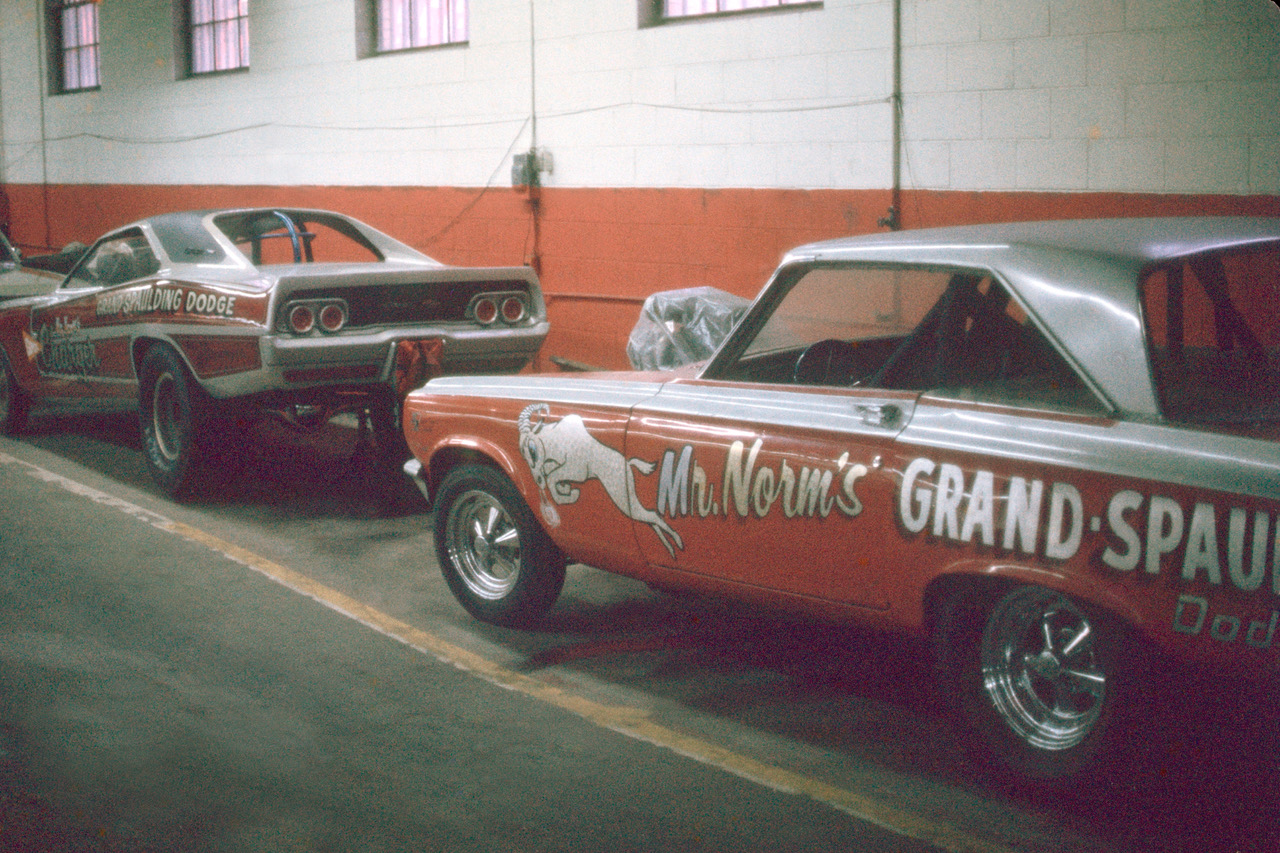
In this rare vintage photo capture from inside the famous Grand-Spaulding dealership shop is the ’65 altered wheelbase car and ’68 narrow-body Charger Funny Car.
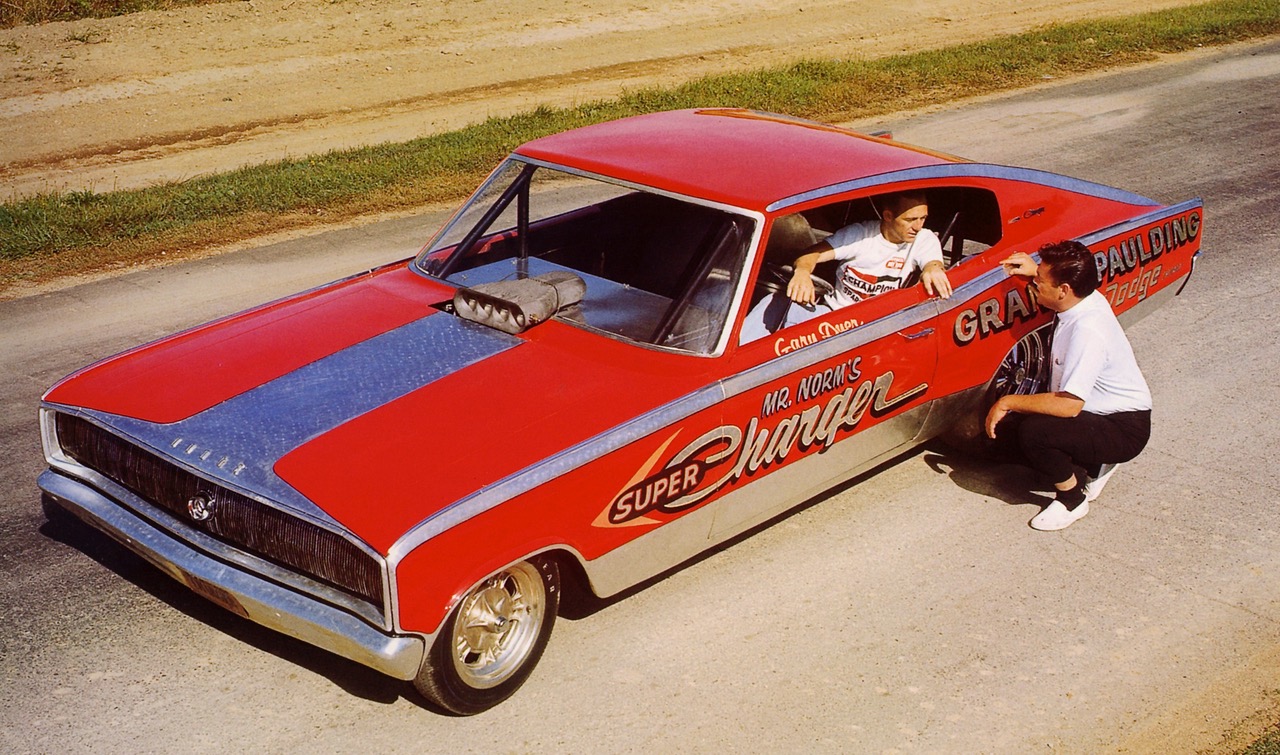
This 1966 Charger Funny Car was built by Dennis Rollain and John Buttera of R&B Chassis in Kenosha, WI, and featured a square-tube chassis.
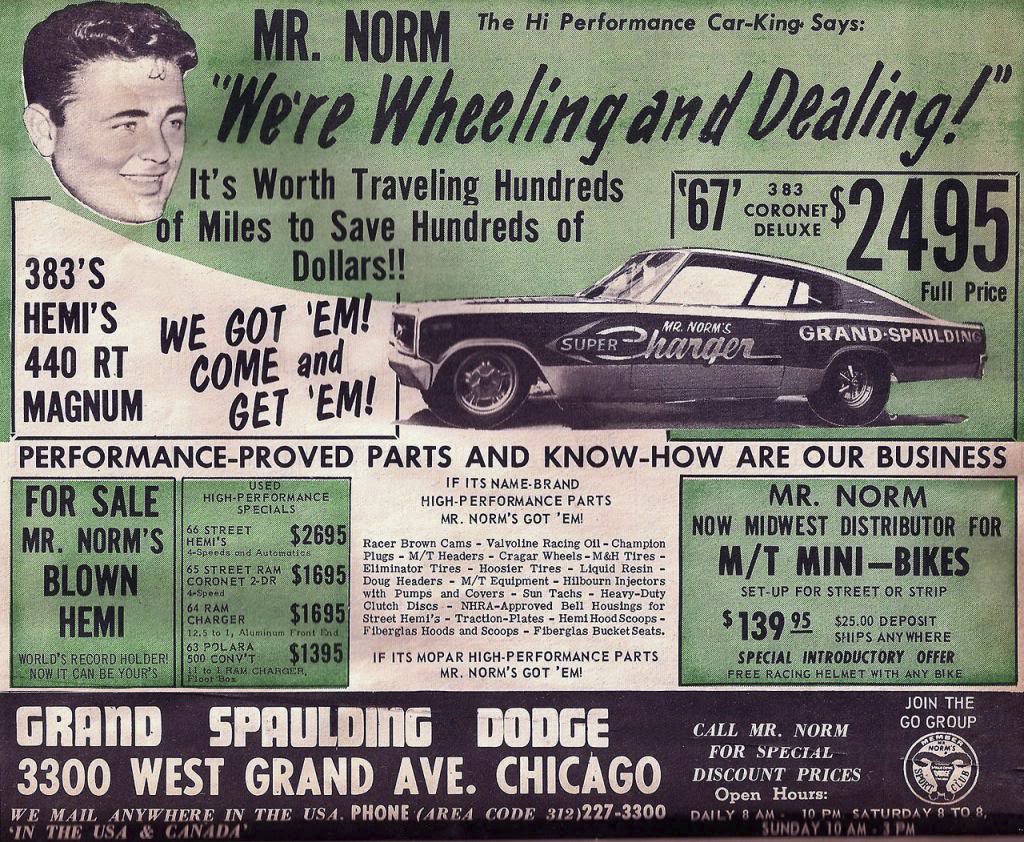
Here’s a 1967 newspaper ad and it hyped bare-bones 383 Coronets for $2,495 and in the used car department, a 1964 aluminum front ended Super Stock HEMI Dodge for $1,695. Wow, if we could turn back the clock…
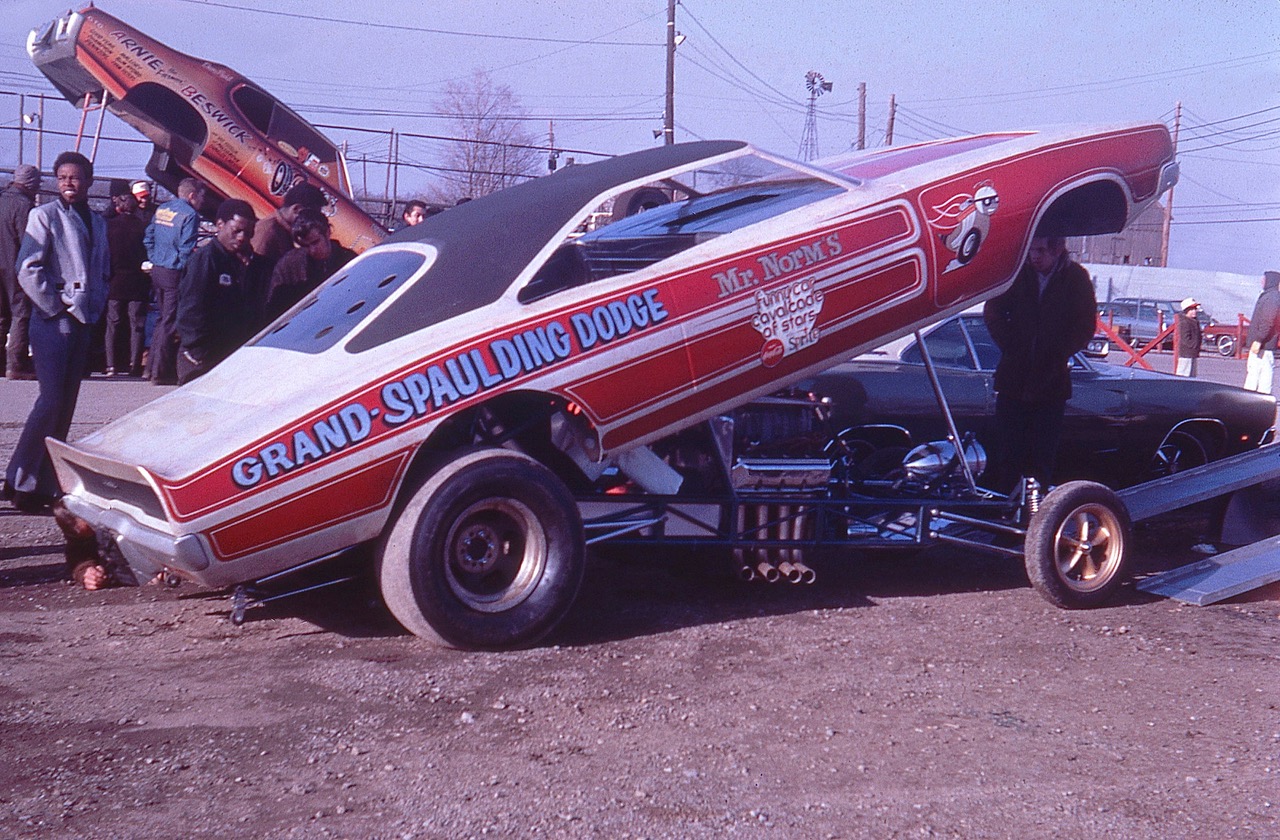
Norm ran the Coca-Cola Funny Car Circuit and toured all over the country, this example of his Charger F/C had a flat black top to promote the then super-popular optional vinyl tops on production cars.
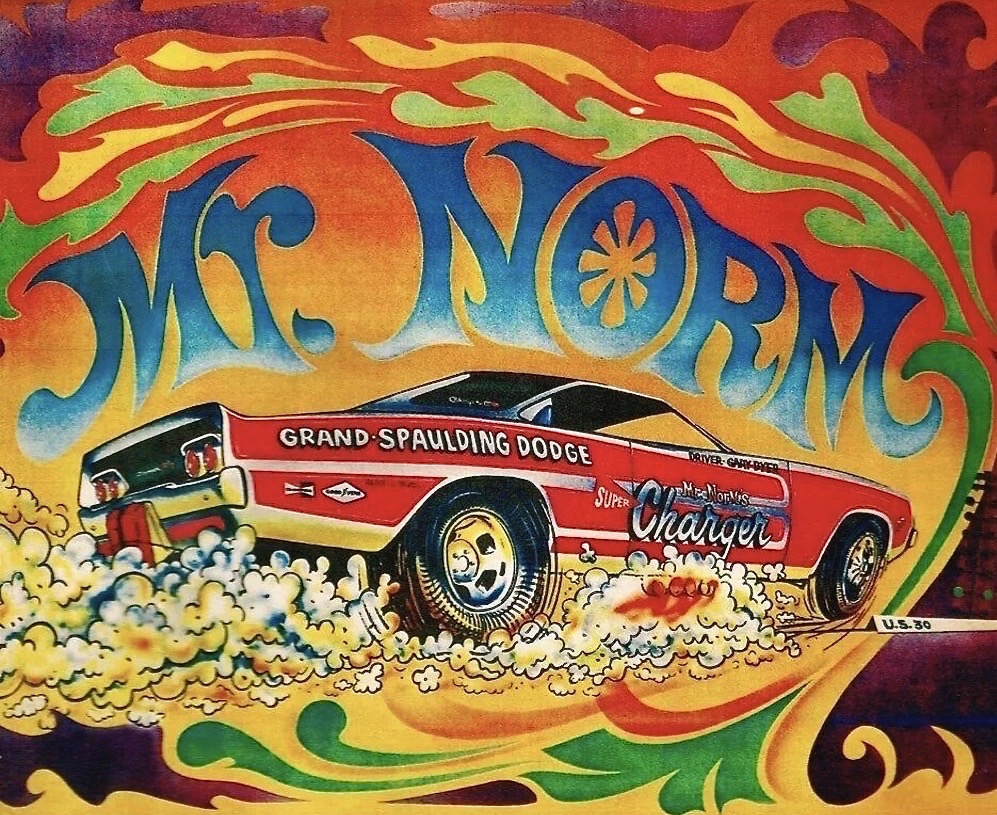
The psychedelic sixties and the colorful poster done up for the 1968 “Super Charger” Funny Car, definitely a rare piece was wall art today for any Mopar fanatic!
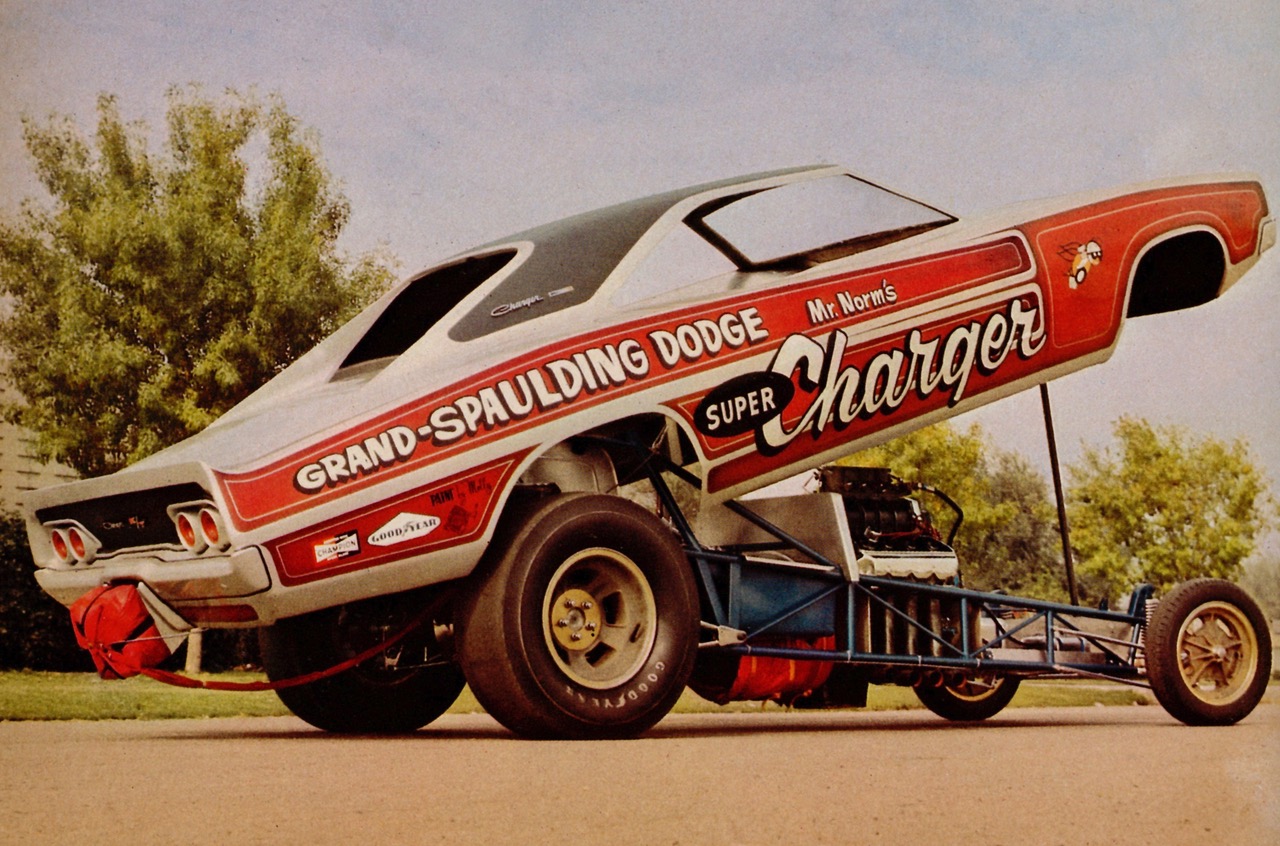
Details mattered to the Grand Spaulding cars, even as far as fitting actual “Charger” emblems onto the C-pillars of the fiberglass-bodied Funny Car as seen here.
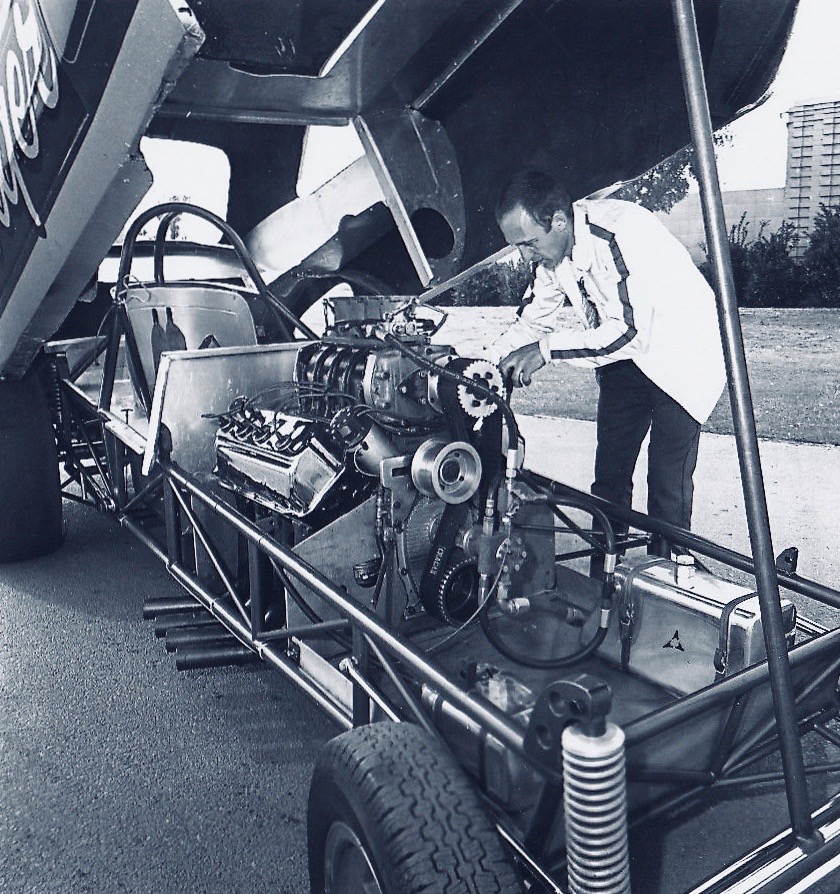
A press shot with Gary Dyer fiddling with that big supercharged and injected 426 HEMI engine!
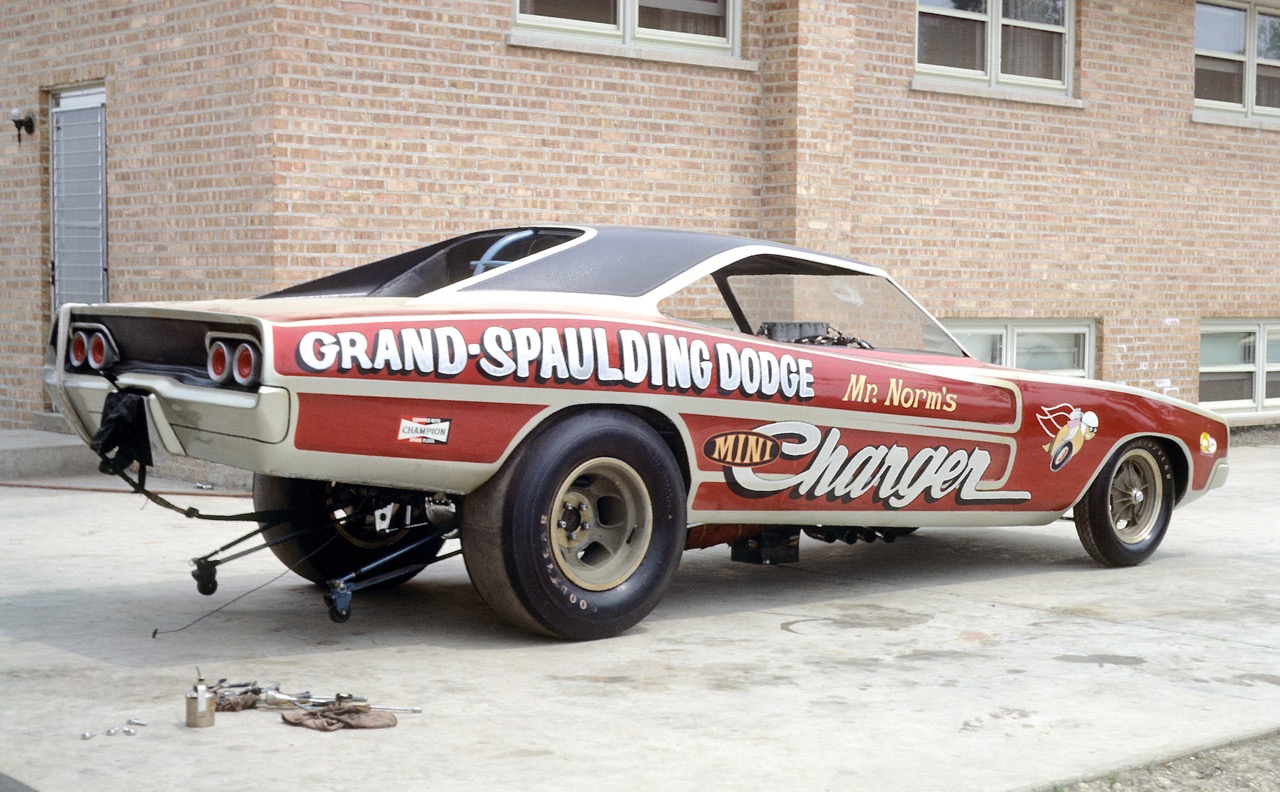
There were two different Charger-bodied Funny Cars campaigned during the 1968 racing season, this was the narrow “Mini Charger” (10 inches narrower than stock) which saw a lot of match racing. The chassis was way ahead of its time and was designed by Gary Dyer, built by Frank Huszar of Race Car Specialties and featured a tight, dragster style of driver roll cage. During a race at U.S. 30 Dragway in Gary, Indiana; unfortunately, an oil filter blew off the engine and the car burnt to the ground, after a 7.47-second run at 196 mph.
The switch to a more traditional Logghe Stamping Company chassis, which had the large “cage” rollbar and wide rail construction. This late 1969 car was also known as the “Band Aid” car because of the use of the white stripe on the front to cover up a slice of a new front end, as the result of an accident.
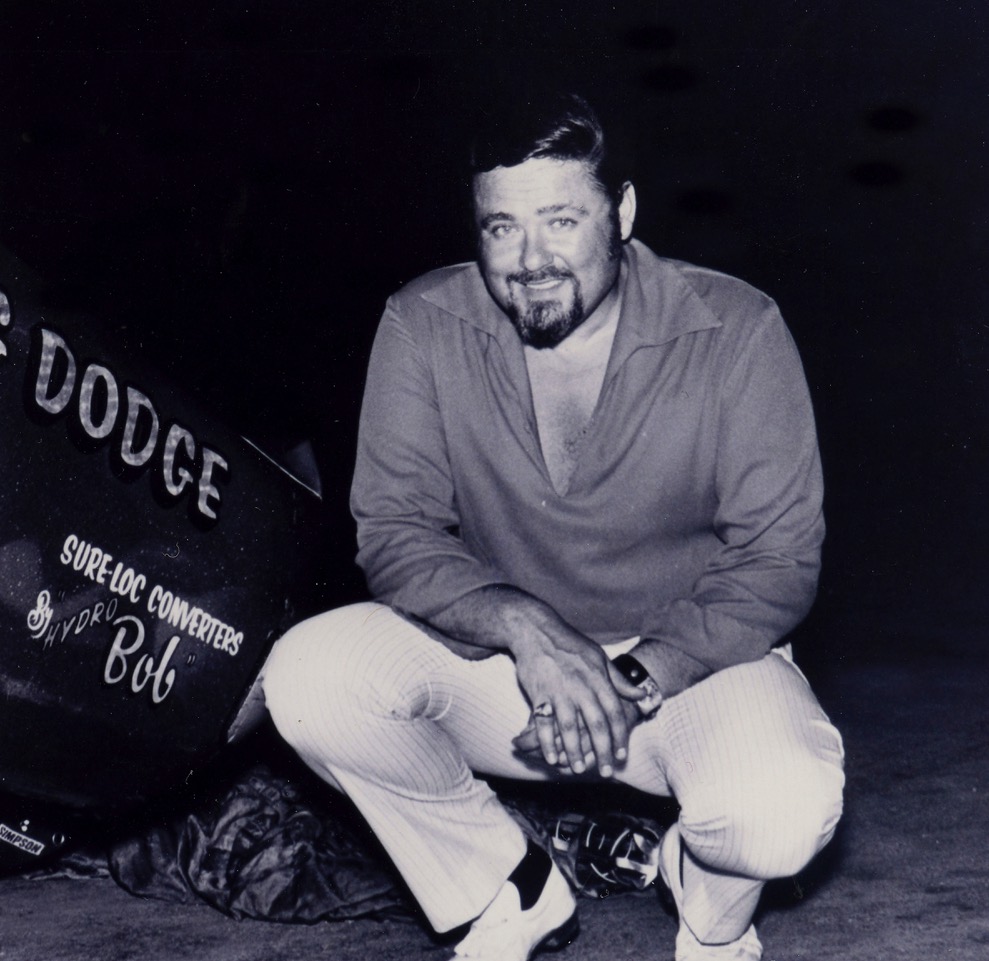
Norm traveled with the car and did a lot of PR work at all the drag strips while doing it. When near Chicago, he talked up the sales of cars, when on the road far away, he talked up sales of cars… knowing that his prices were worth folks traveling to Chicago to get an authentic Mr. Norm’s Dodge!
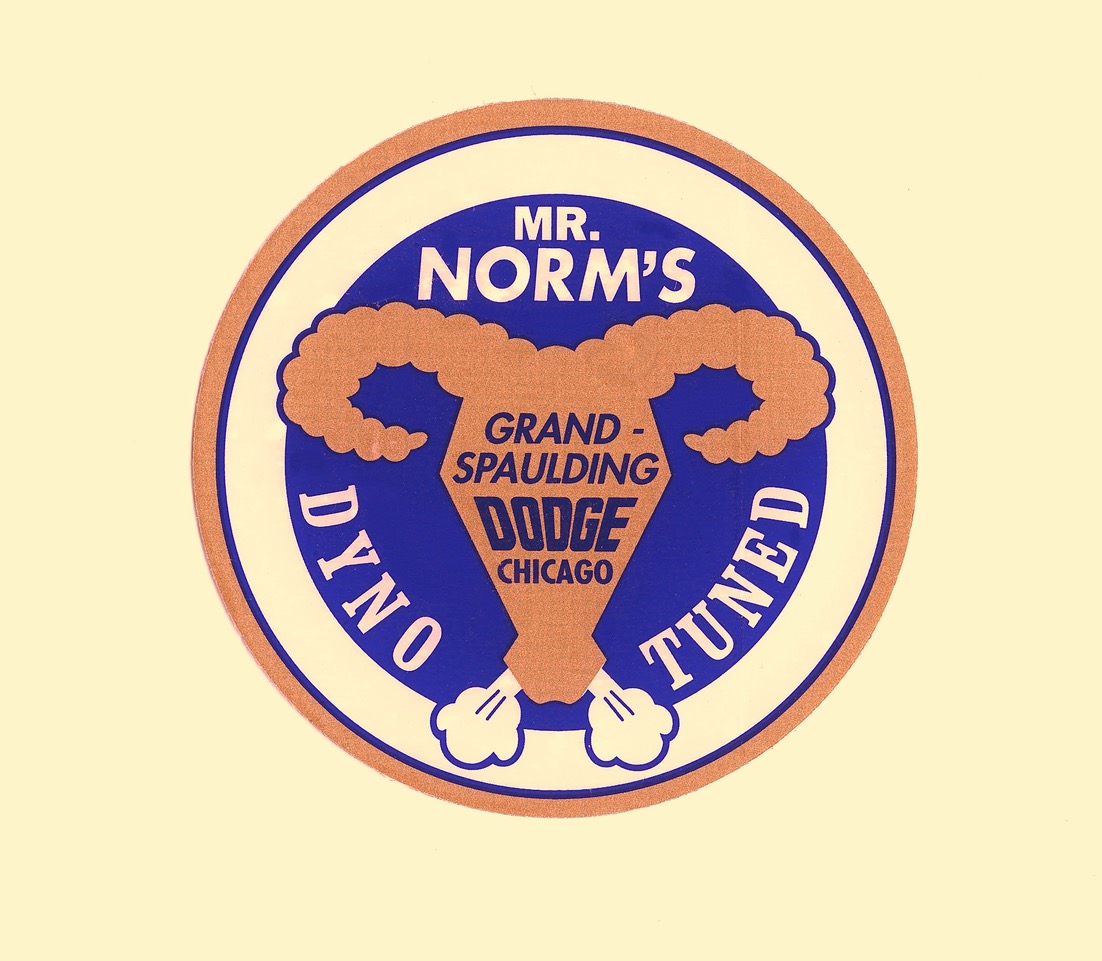
These “Dyno Tuned” decals were proudly put on Dodges and Plymouths that visited the Grand Spaulding service department and were ran on the dynomometer, maximizing power through the various adjustments that the Mr. Norm crew had learned to get the most power.
Fun memorabilia from a very famous Chicago Dodge dealer!!!
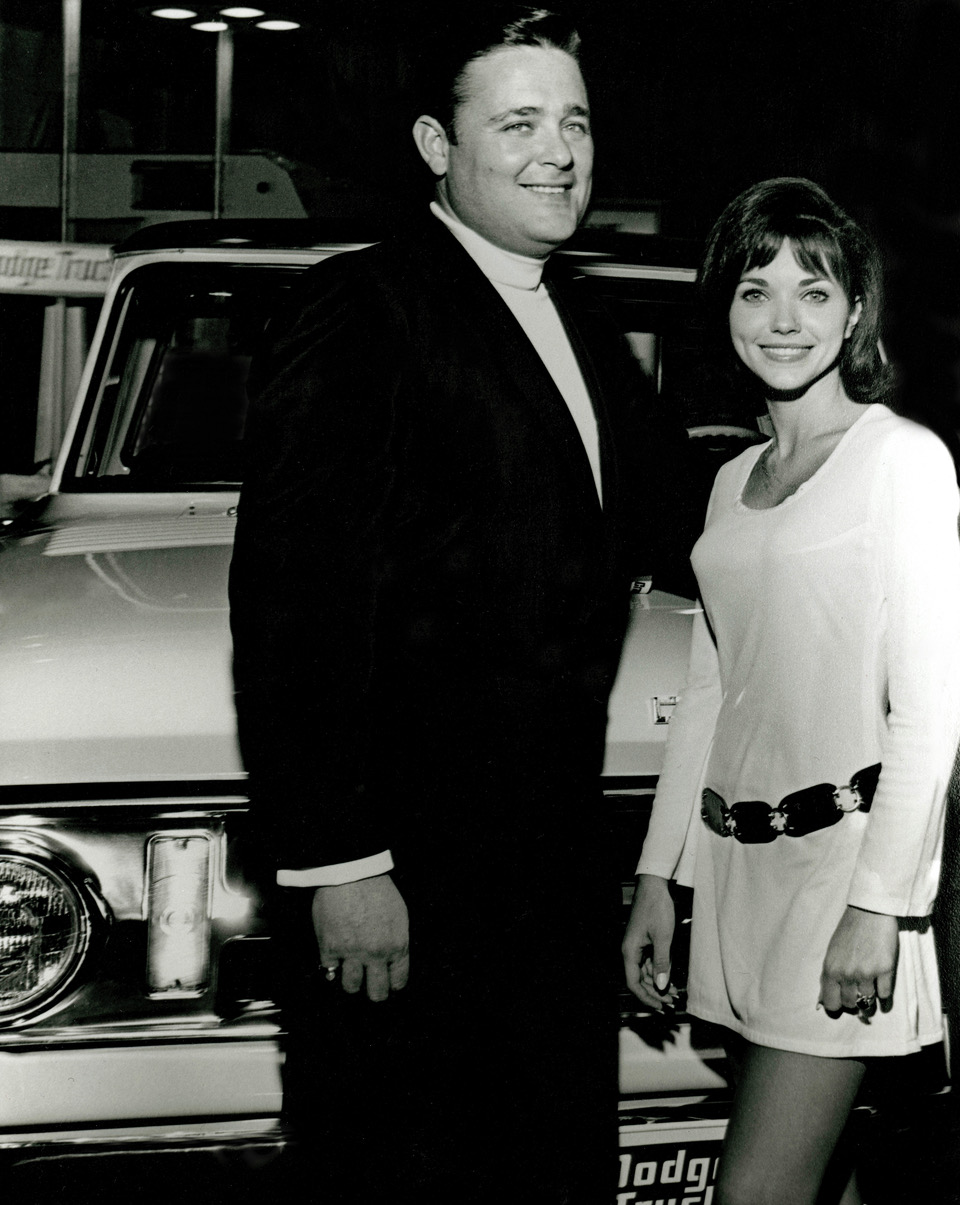
At a Dodge exhibit at the Chicago Auto Show posing with “Dodge Fever” girl Joan Parker circa 1970.

1968 was a great year for Dodge, Norm and his agency had lots of success with these ads, and some fun too… “’68 RT MAGNUM, the car that says ‘catch me if you can'” and simply call Mr. Norm direct.

440 Darts? Yup, Norm had that…

HEMI Darts? Yes sir, Norm had those as well!
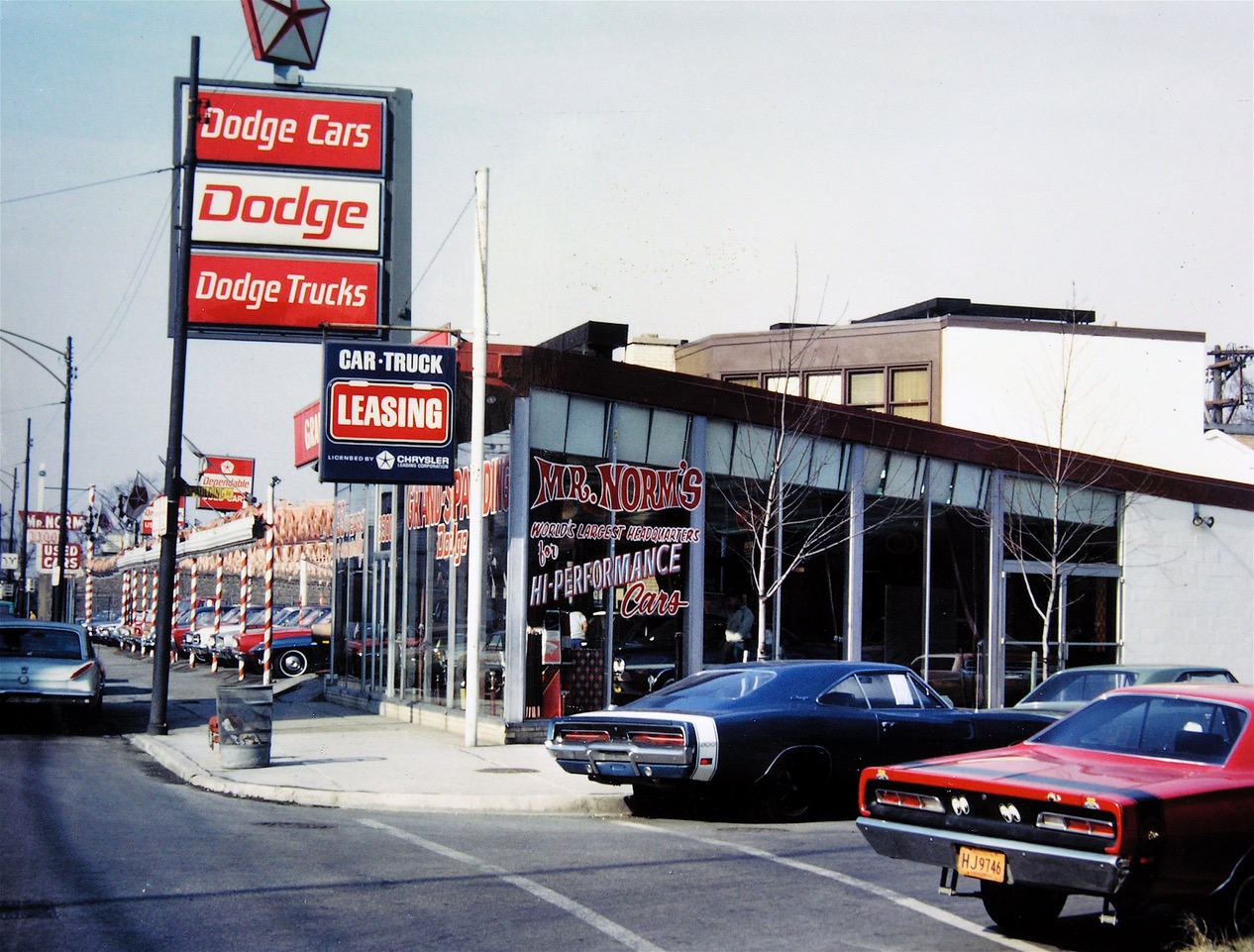
This is hallowed ground for Mopar lovers! 3300 West Grand Avenue in Chicago, situated on the corner of West Grand Avenue and North Spaulding Avenue. It was really a lot more than just an average new car dealership, it was in effect a full-on “speed shop” as well, stocked with parts and pieces for Mopar vehicles from the leading automotive aftermarket parts suppliers: Edelbrock, Holley, Isky, Racer Brown, Hooker Headers, Doug’s Headers, Mallory, Sun Gauges and other top SEMA members. Inside the showroom was a cut-a-way of a 426 HEMI engine, a fantastic sales tool to promote high-performance.

The 1969 model year had a great deal of continued Dodge Fever excitement, and this ads asks the question: “What does ’69 mean to you?”

Fiberglass Dodge Charger III bodies? Yes, Grand Spaulding had it ALL!
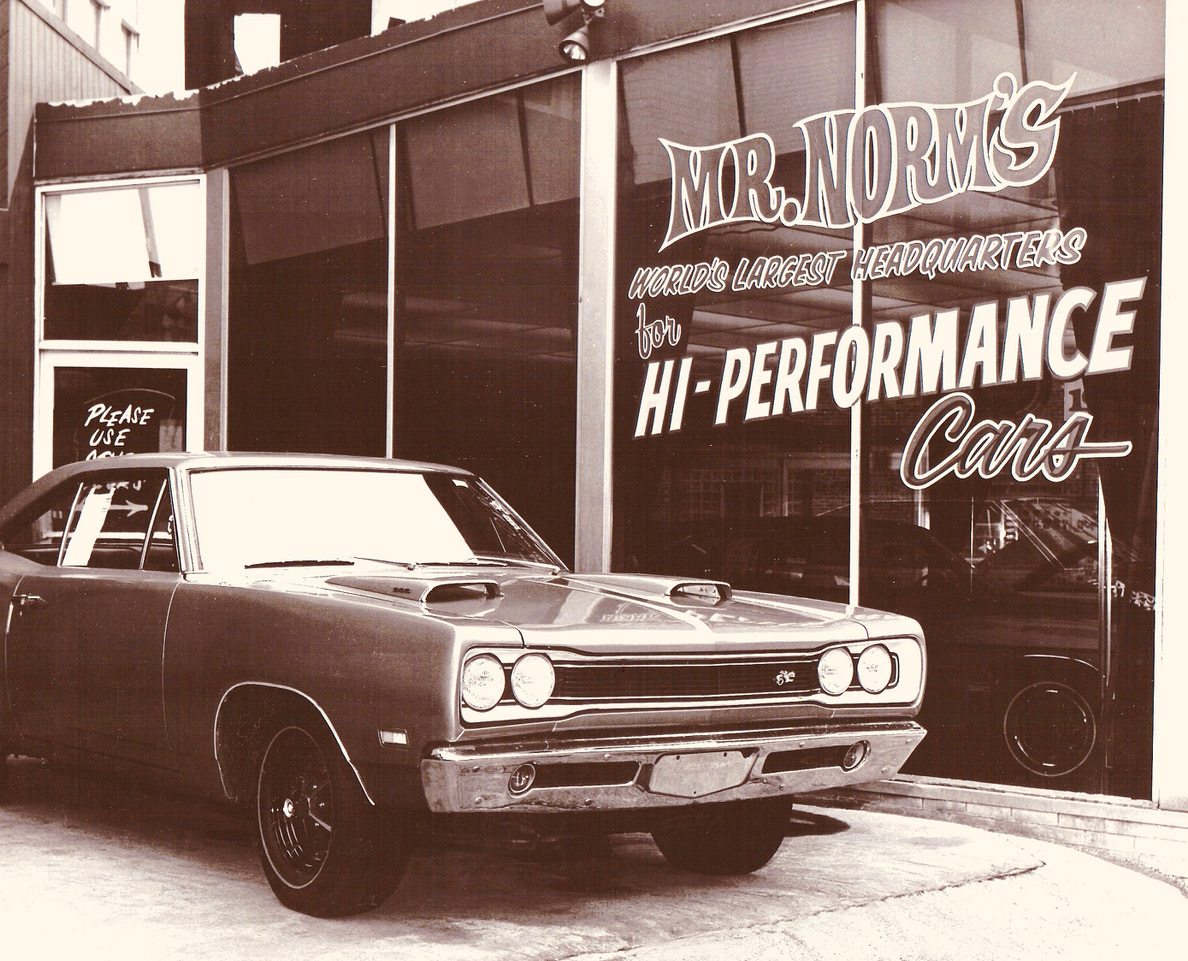
Yes, of course it was all about 426 HEMI engine-powered cars around Grand Spaulding Dodge, but they also moved a lot of lesser models, case in point this 1969 Dodge Super Bee 383.
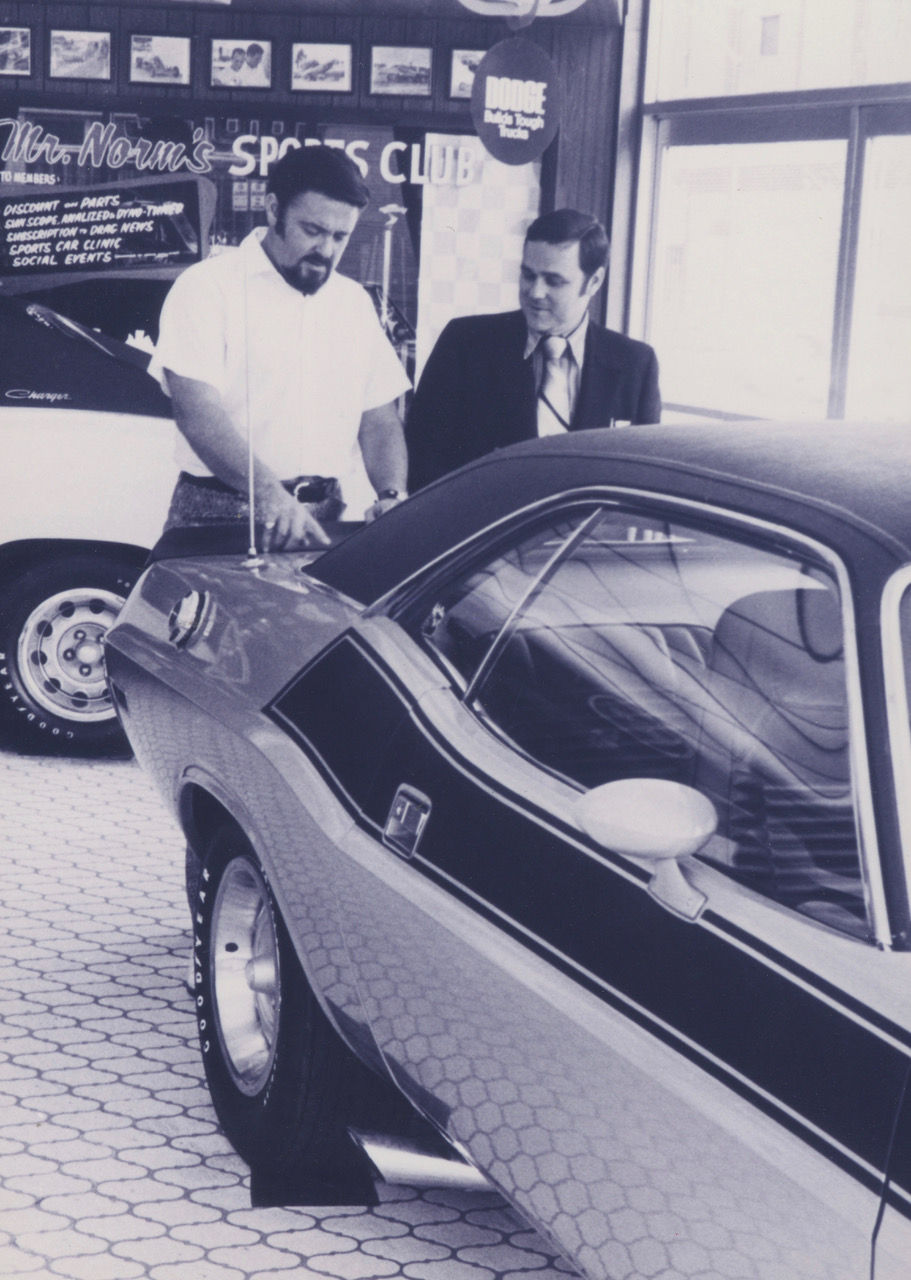
1970 showroom shot with the all-new Challenger model, this one is the 340 Six Pak T/A.
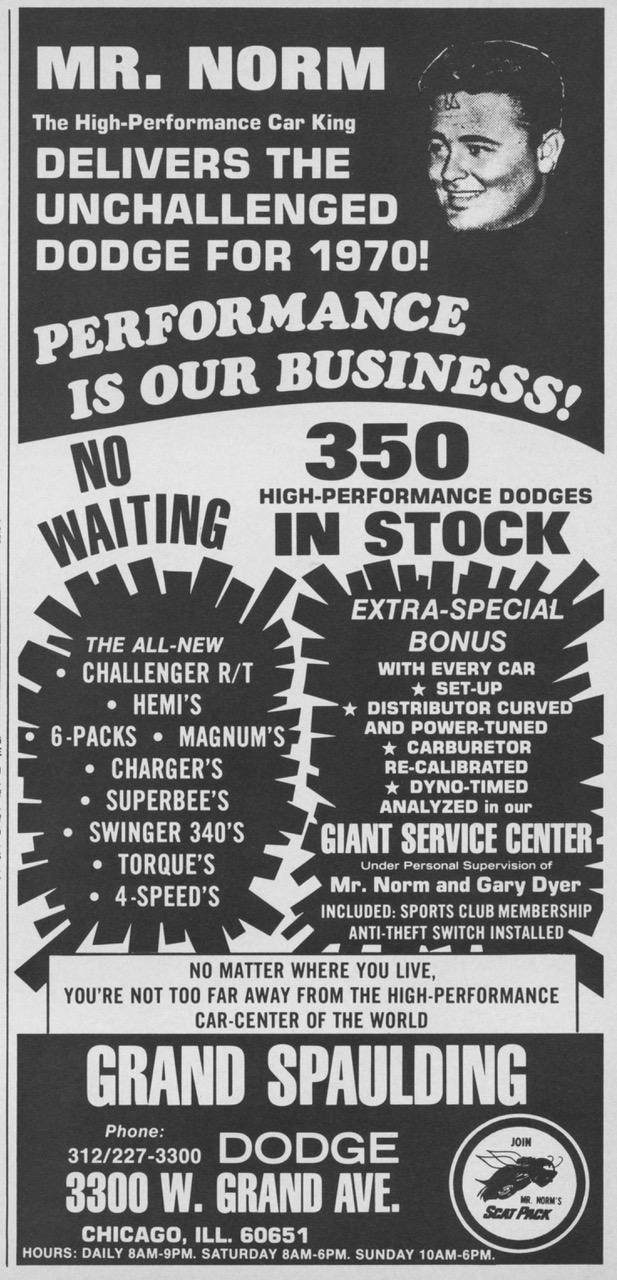
Dyno Tuned and re-calibrated carburetors, re-curved distributors, new cars all set up for the strip. How could it have been any better?

The 340 Demo was treated to a 6 Pak induction for 1971, only from Mr. Norm!
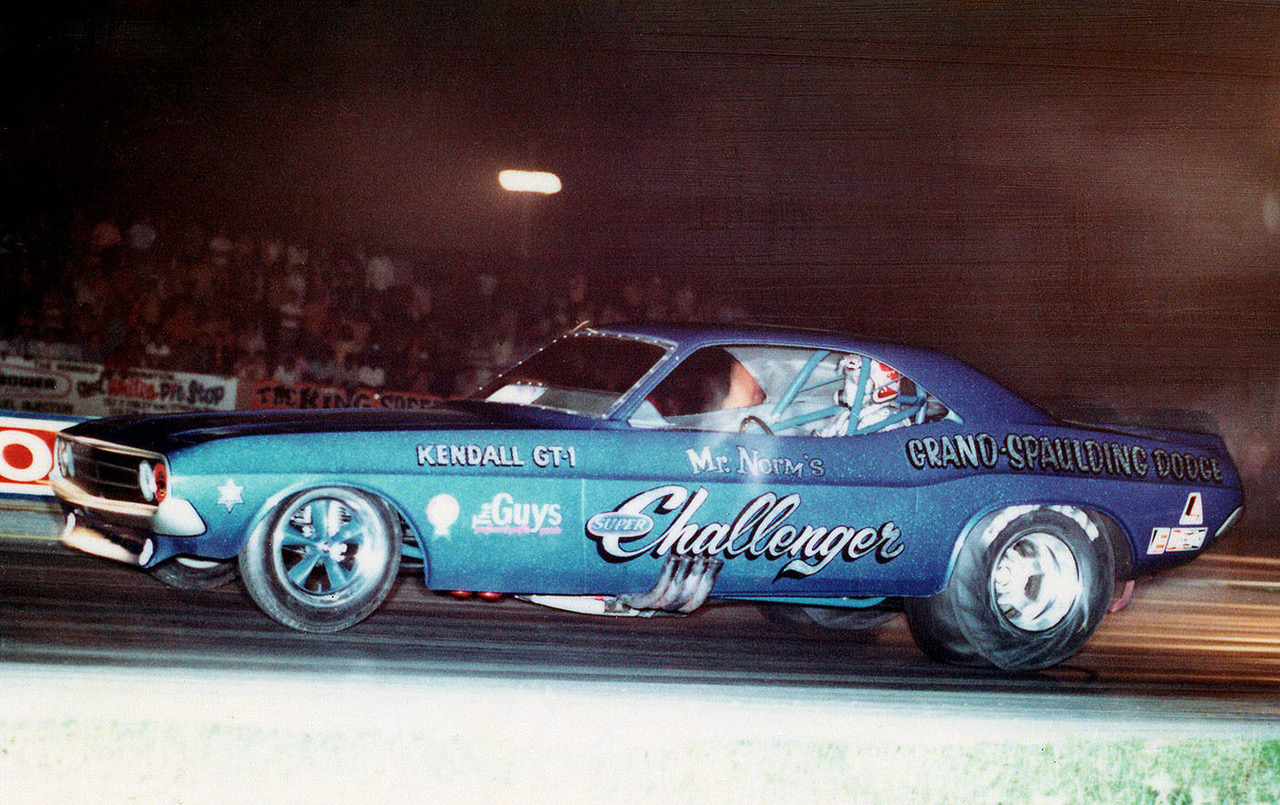
Things were changing fast in the Funny Car wars, and besides always keeping a top-running car with the latest equipment, it was also important to change things up a bit and to use new body shapes consistent with what was being sold at the dealership. For the 1971 racing season, a Dodge Challenger-bodied Funny Car replaced the well-worn Charger, and a color change came as well, from metal-flake red to metal-flake blue, the new Mr. Norm Mini-Challenger. With Gary Dyer at the controls, it had run a best of 6.725 seconds at 215 mph in 1971, and improved the following year with a best 6.295 et at 237.46 mph. Advancements in nitromethane engine technology and clutch engineerings was fast paced. Eventually, Gary Dyer turned over driving responsibilities to Kenny Safford, and Dyer continued on as the crew chief on the car. And later, the sponsorship deal and vehicle ownership of the 1971 Challenger went to Safford after Gary decided to get out of the cockpit.
In a national advertising campaign that promoted cool clothing of the era by “The Guys” and featuring the Mr. Norm Challenger Funny Car, this was a great way to add to the exposure of the car, plus it did a lot to further help driver Gary Dyer as a hero in the drag racing world!

$3,595 got a lot of A-body performance in 1972!
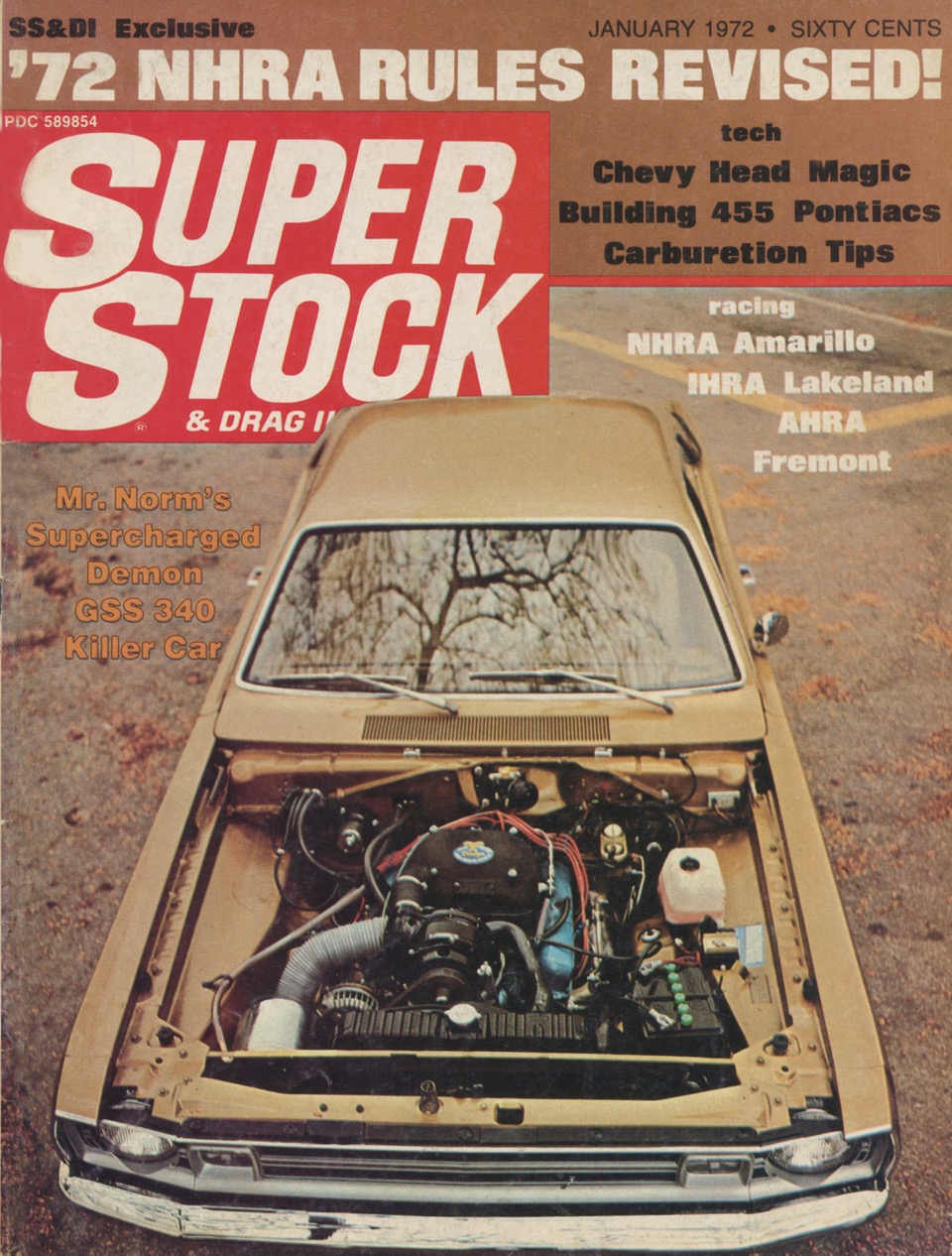
When Super Stock and Drag Illustrated Magazine ran the hood-less Supercharged Mr. Norm Demon on its January 1972 cover, it instantly brought a lot of attention and exposure to the GSS program. The popular car magazines at the time loved Norm because they always had great subject matter to talk about!
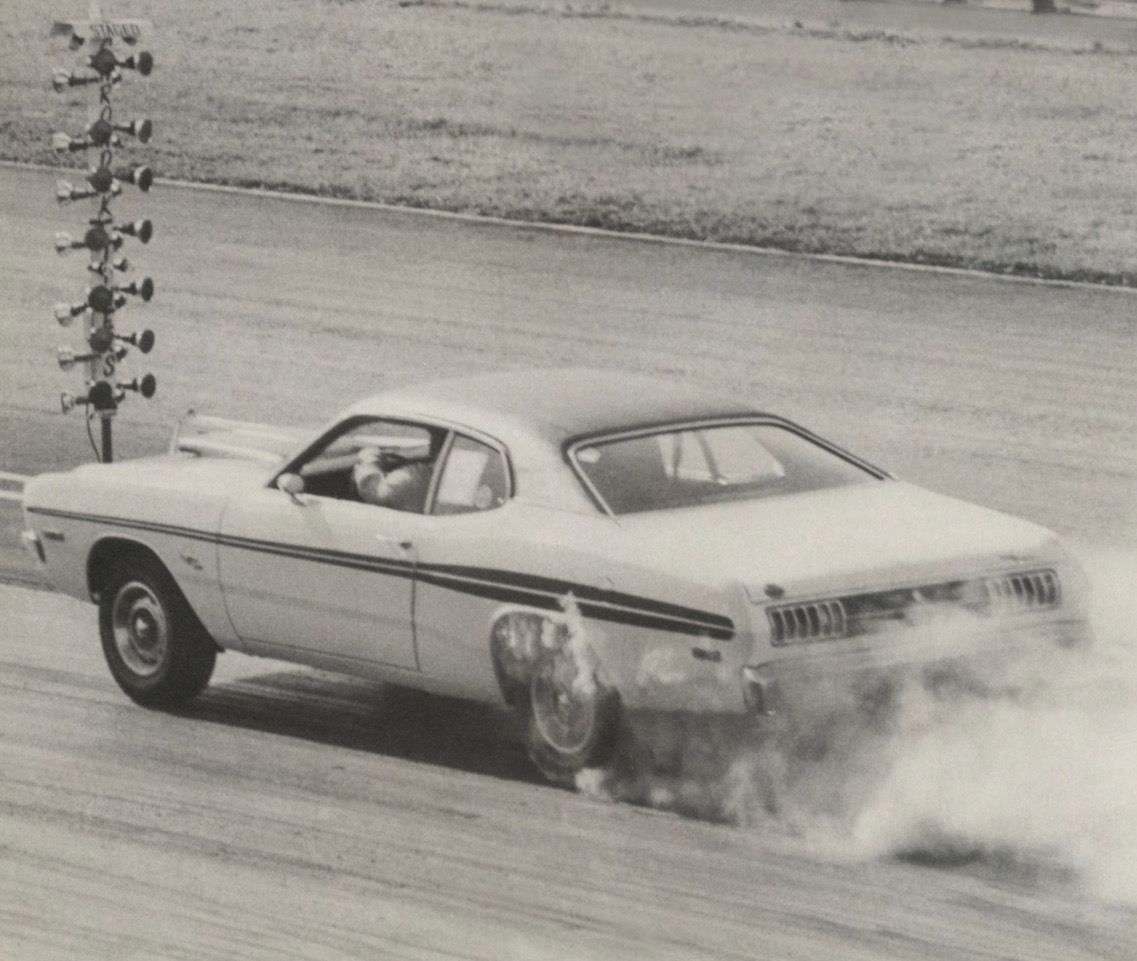
The scene had changed by the time the 1972 cars were released as engine compression and subsequent horsepower was down, due to new stricter emissions standards. What Grand Spaulding did that year to keep things exciting was to provide Paxton superchargers to the Demon car and that netted high-13-second times. The Demon GSS was a huge move forward in keeping performance alive at the dealership as the regular performance engines (426 HEMI engines and 440-6 Wedges) were no longer offered.
Gary Dyer had a Romeo Palamides-built 1974 HEMI Colt Pro Stock for action on non-NHRA tracks as these cars were outlawed by NHRA and only ran at match races and and other sanctioned events, UDRA, IHRA and AHRA. Running a de-stroked, sleeved 426 HEMI engine of 362 cubic inches, the car ran a best time of 8.72 at 155.97 mph, on gas and with carburetors, shifted through a 4-speed Lenco transmission. Kendall GT-1 Motor Oil was a long-time sponsor of the Grand Spaulding drag cars.

1974 saw the “Hustle Stuff” parts program being promoted… this was right before the launch of the “Direct Connection” performance parts identification, of which Grand Spaulding was one of the original distributors for.
Different cars and different paint jobs came in the 1970s for the Mr. Norm Funny Car racing program and the “Super Charger” Mr. Norm Funny Car was still winning its share of races and getting exposure for the business. Driver Kenny Safford was having some back issues and not much later the driving duties were handed over to Dave Settles, with John Potts after him. After the 1979 racing season, the Mr. Norm’s car (now bodied as a Plymouth Arrow) was retired.
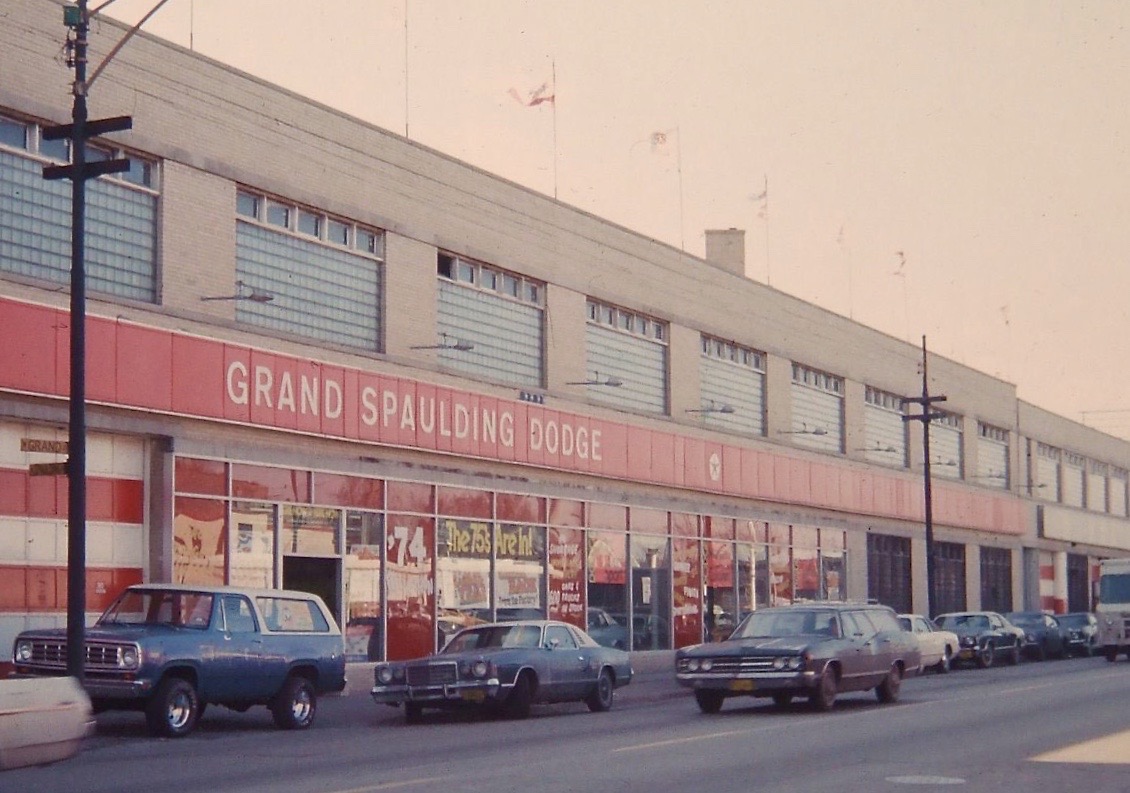
Shown here in 1974 and with the new ’75 models just being released, it’s the second “Grand Spaulding Dodge” dealership in the Greater Chicagoland area, performance was dying off and soon to come was the customizing of Dodge vans, which were another Mr. Norm specialty.

Starting in the middle of the 1990s, a Chicago-area company “Motorsports Racing Apparel” had re-introduced some of the famous Mr. Norm decals and such from the glory days, and today collectors are searching for these rare items!
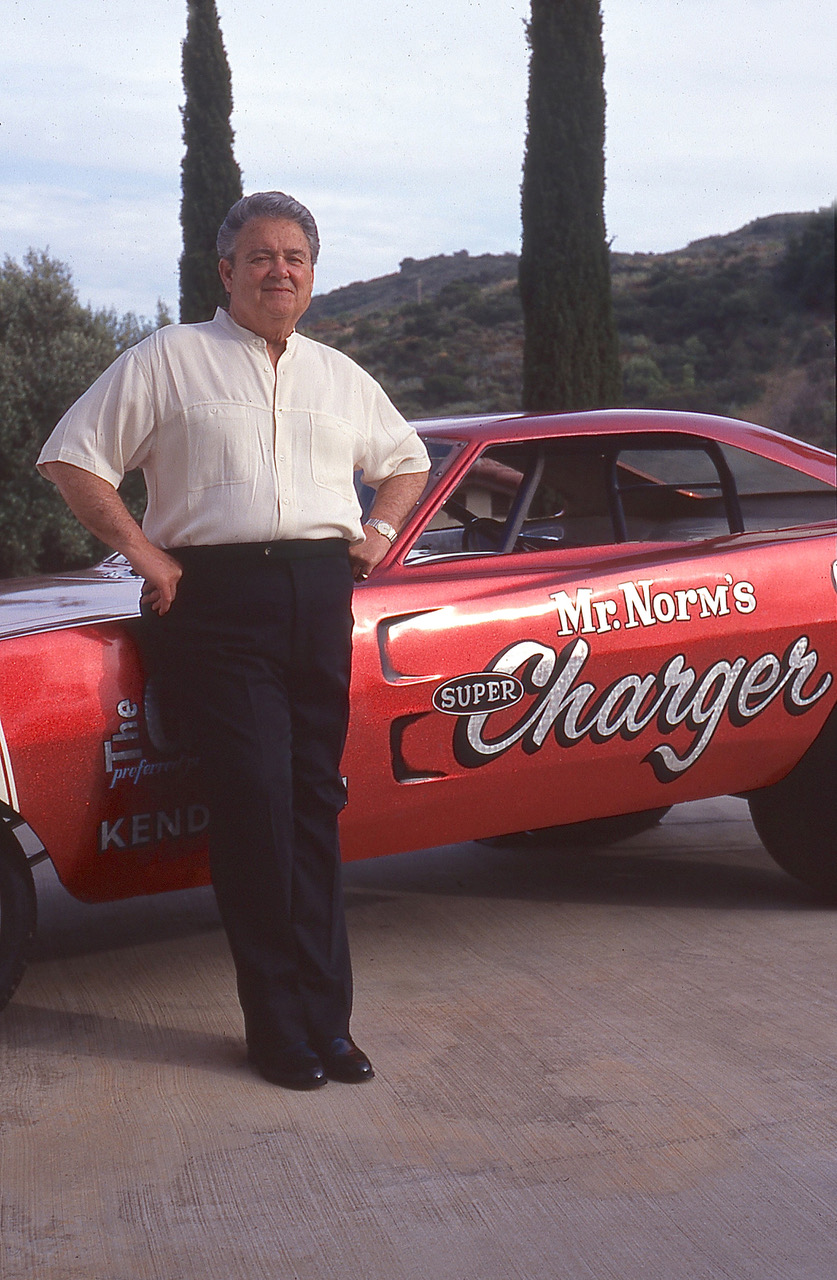
The author had the chance to extensively photograph the remaining “Super Charger” Funny Car and with Norm standing along side it, well it made for a very special photo day to be sure.
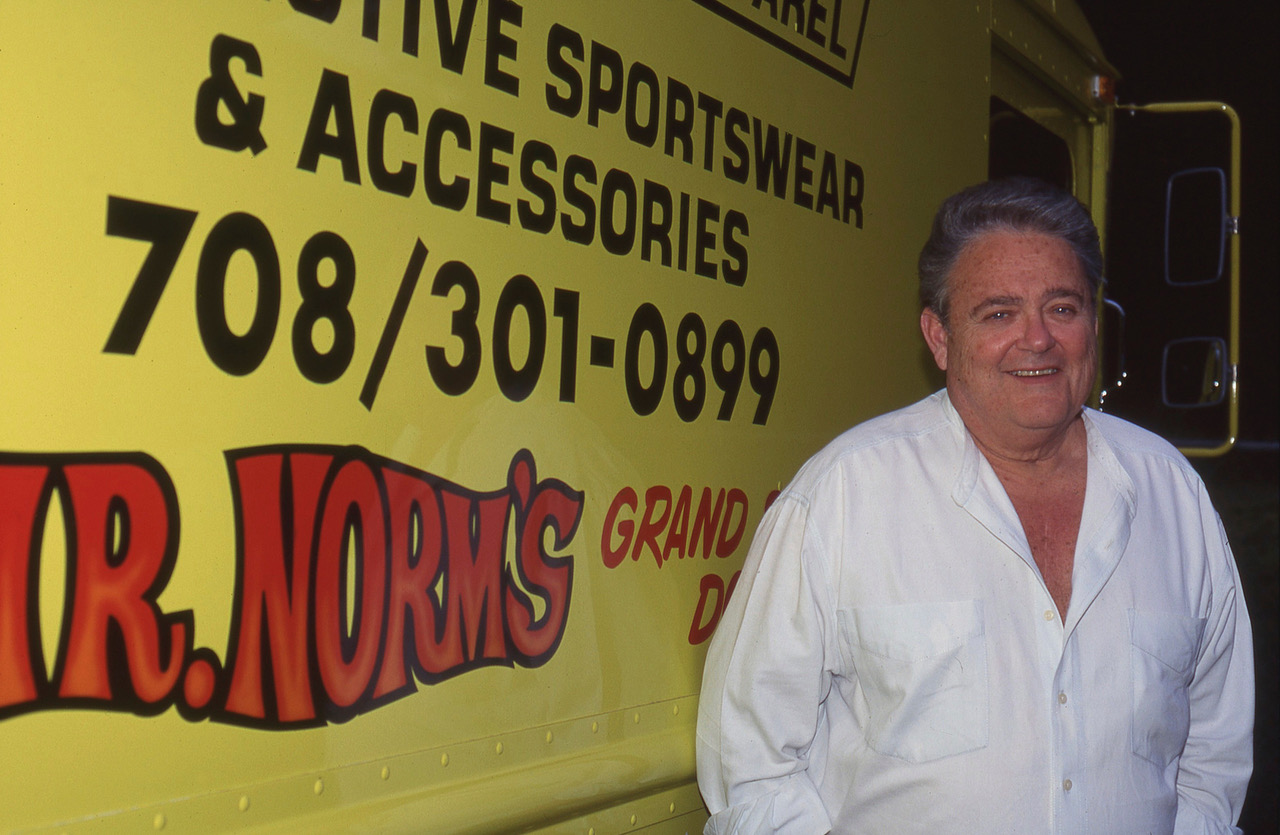
Circa the late 1990s and Mr. Norm was excited to again be a part of the performance world!
Hanging out with the legend himeslf, getting him to pose with vintage artwork was one thing, however, the real fun was hearing all the old stories that went along with it!
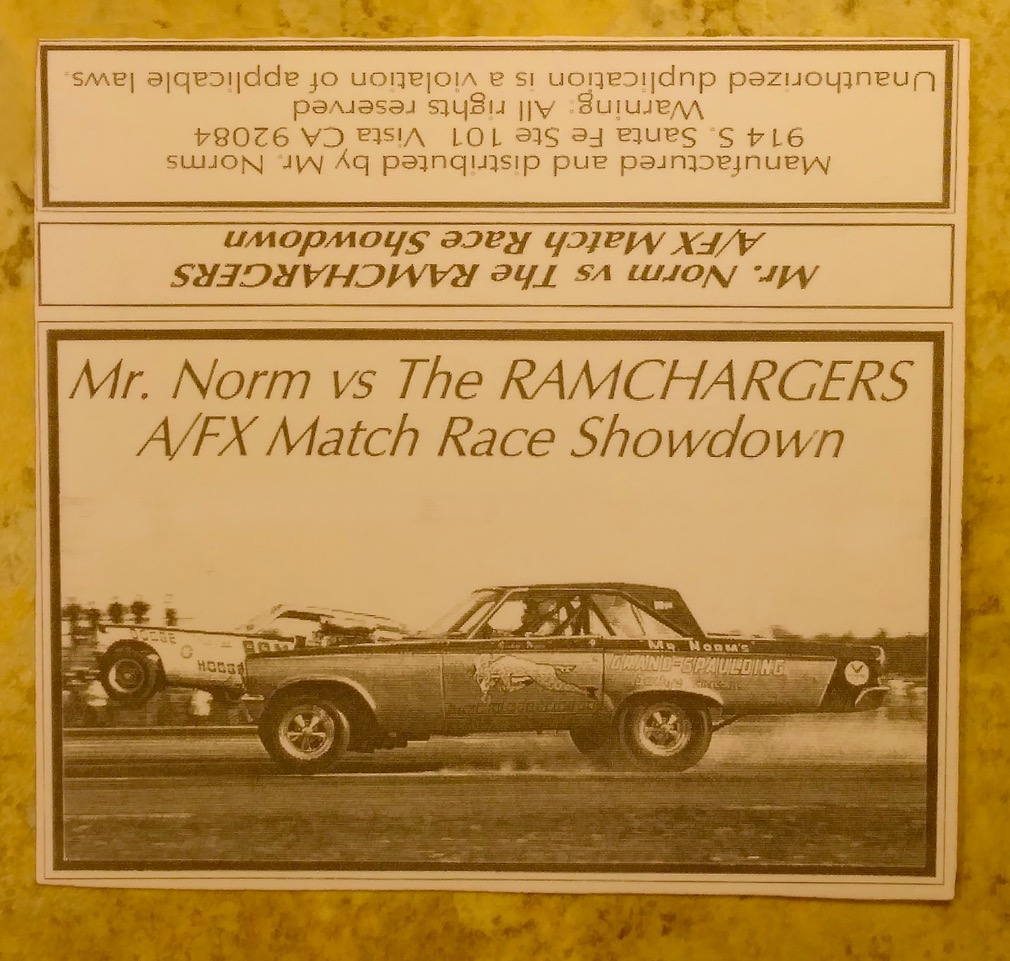
While these are super-rare and extremely hard to find now, there were cassette tapes at one time available that had sounds and excitement of the A/FX Match Race between Norm’s car and the factory Ramchargers. Norm was always quick to point out that even though he was a top Dodge dealer at the time, none of the “Mr. Norm” cars were directly factory sponsored, as he was essentially an “independent” race team that received no special support from the Dodge Racing Department.
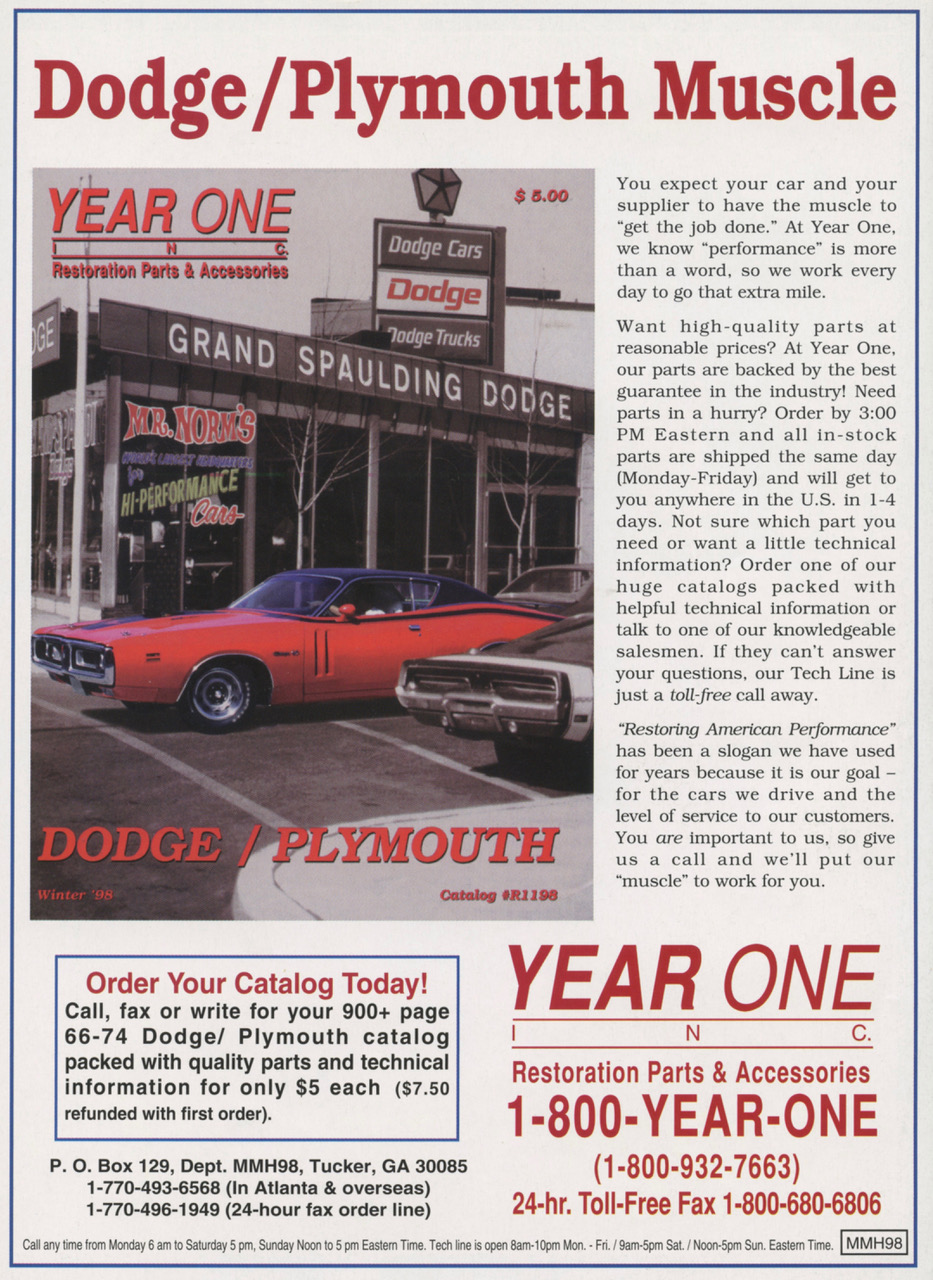
When the Year One restoration firm became fully involved in Dodge and Plymouth authentic parts and pieces, they worked with Norm in terms of supplying vintage photographs from the dealership.
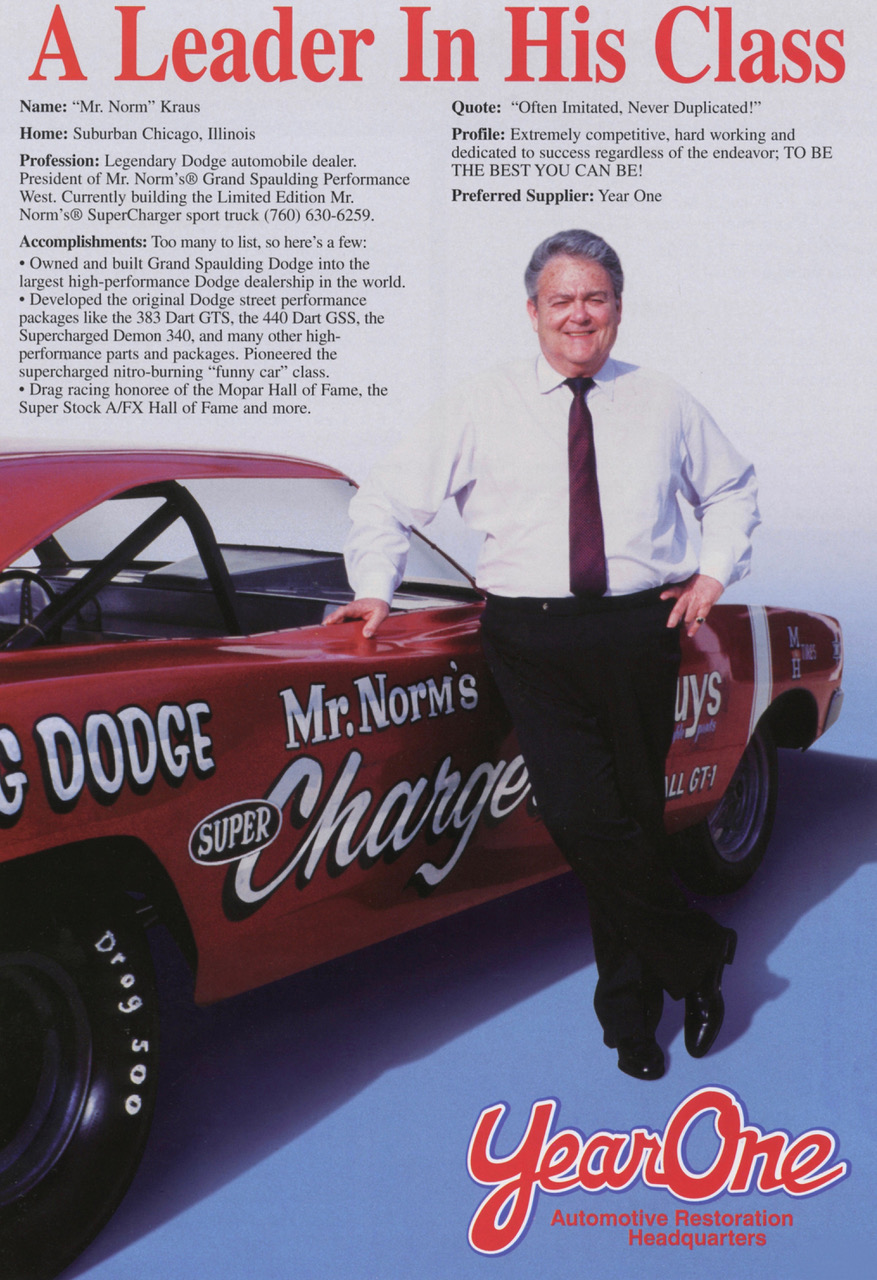
And when Year One was after a full-page advertisement image, they hired the author to handle it.
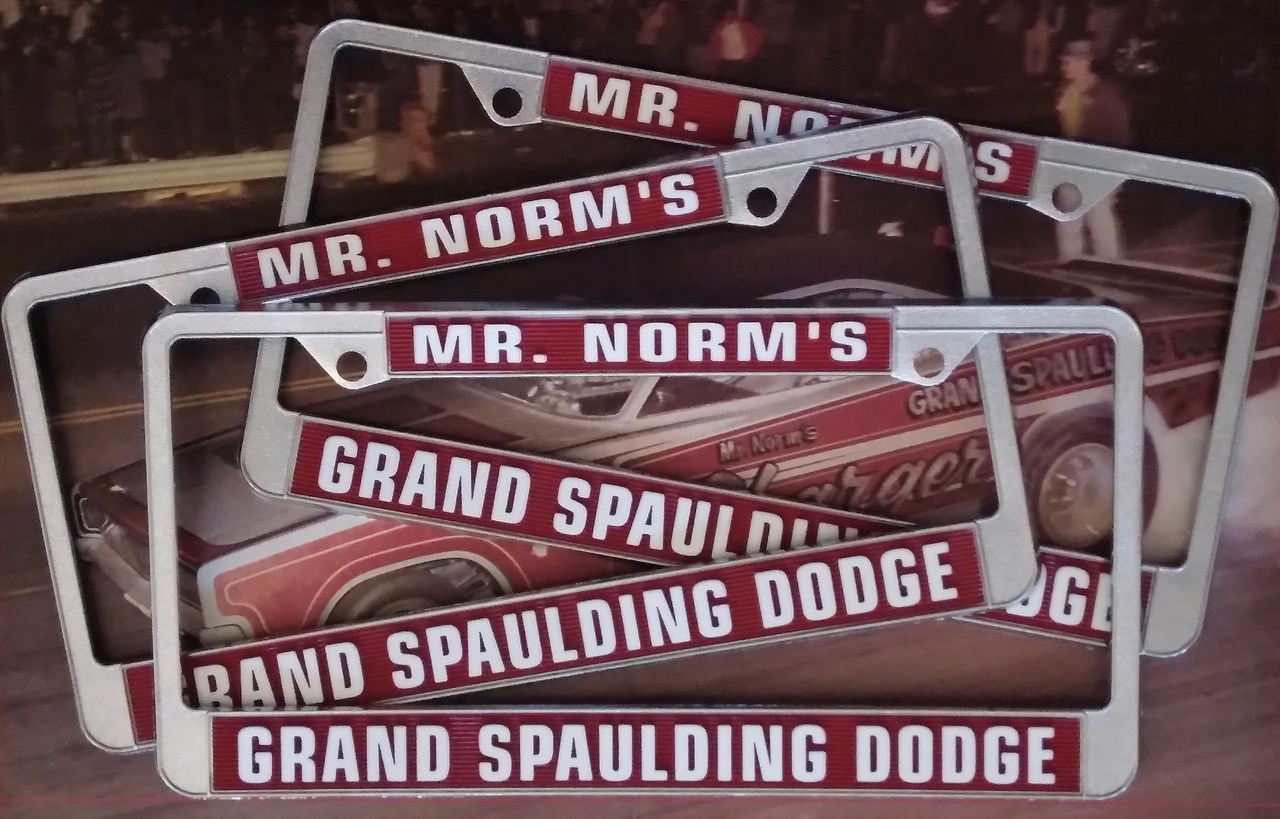
Seeing these license plate frames back in the day on a hot Dodge meant that there’s a nearly certain chance that the car was dynomometer tuned and a serious street contender for stop light to stop light performance!
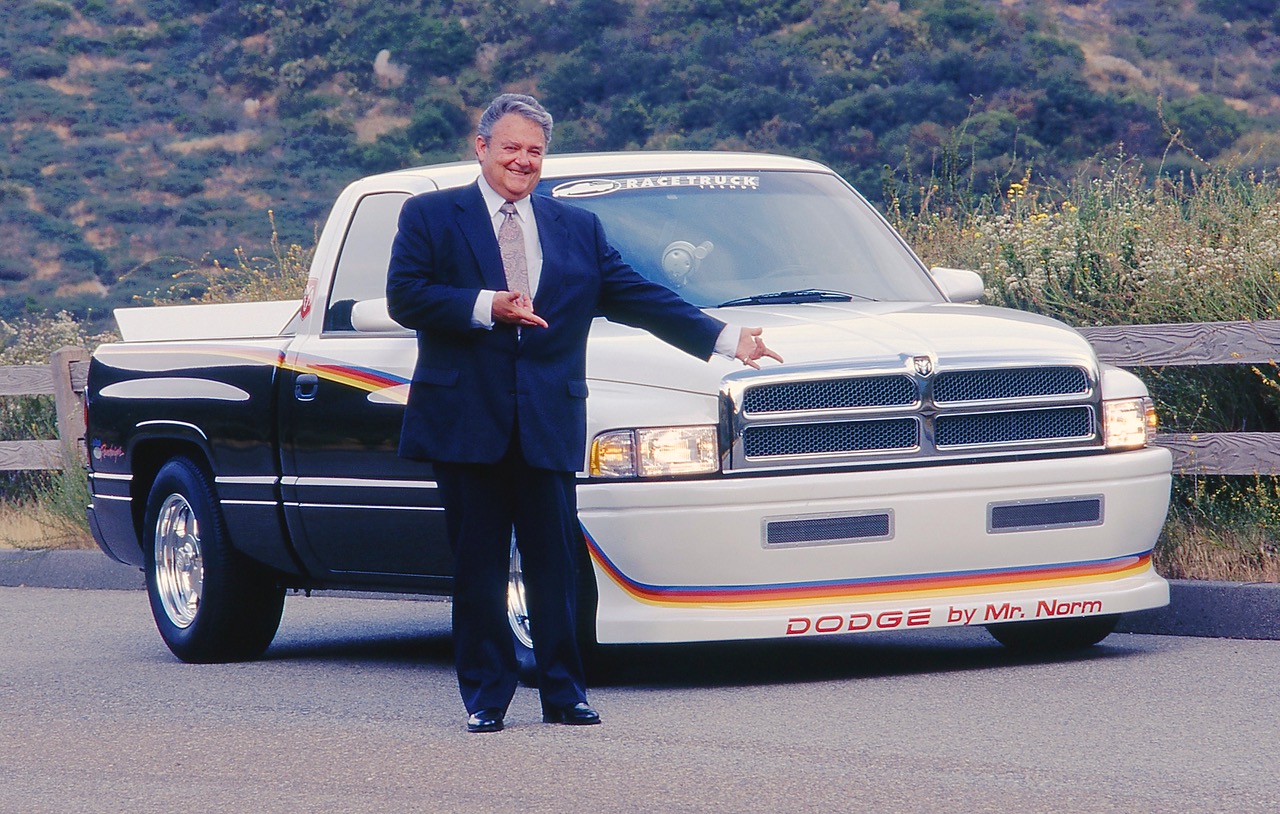
When the Dodge Ram sport truck craze was going strong in the late 1990s, Race Truck Trends and Performance West worked with Norm in getting in on the action, and complete with a supercharged engine and upgraded suspension, all done up in the official Dodge Motorsports colors.
This particular “Mr. Norm’s Super Ramcharger” pickup had a rear spoiler in the spirit of the NASCAR SuperTruck Series that was becoming very popular.
The “Mr. Norm’s sport Club Broadcast Sheet” was a Mopar-specific publication that came out in the Spring of 2000 and it was a way of introducing the legacy of Grand Spaulding Dodge and the line of Mr. Norm drag cars back into the public eye. Jim Bodanis published some very informative magazines and they are highly sought after today.
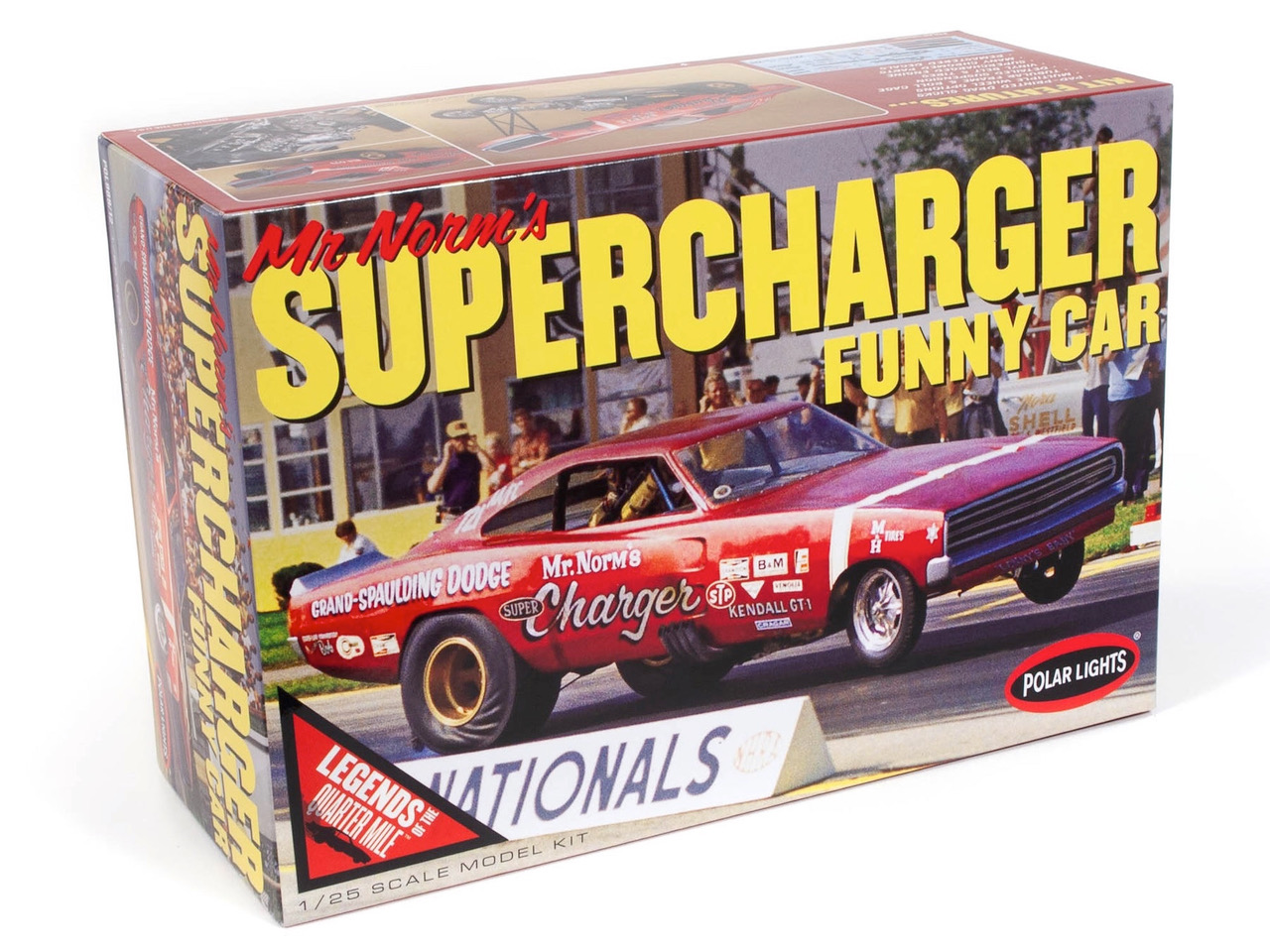
Polar Lights recognized how cool the late ’60 Dodge Charger Funny Car that Norm ran was so it was reproduced in 1/25th scale, and were popular at the hobby shops.
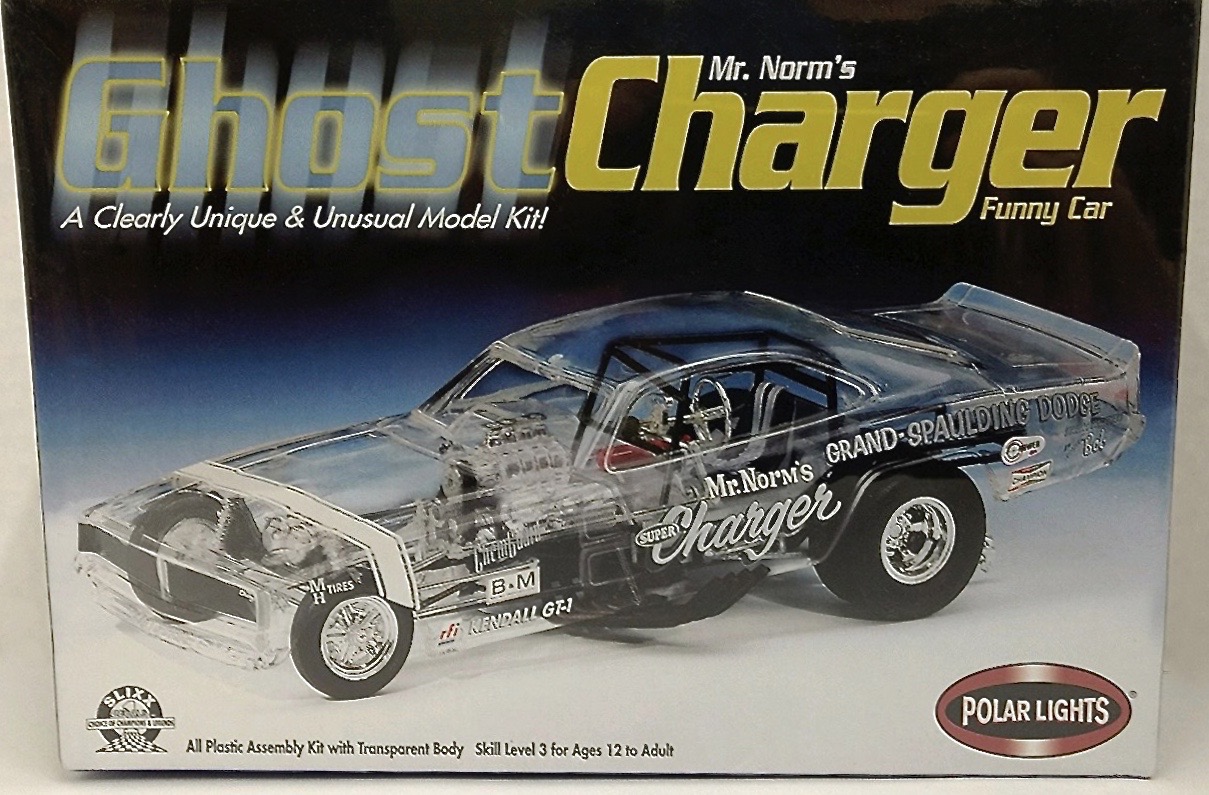
There have been thousands of Mr. Norm plastic Charger kits built over the years and it is amazing that a car dealer could do so much in the drag racing world, so much that it created kits for enthusiasts of all ages to enjoy.
A modernized interpretation of the original cars that were once sold out of the Grand Spaulding dealership. In recent years, Norm has attended numerous industry functions such as the SEMA Show, large regional car events and Mopar-related car shows across the country, he has energized the interest in nostalgia all along with becoming involved with aftermarket companies that have been able to market “Mr. Norm” modern day muscle machines. In 2014, he was entered into the Mopar Hall of Fame.
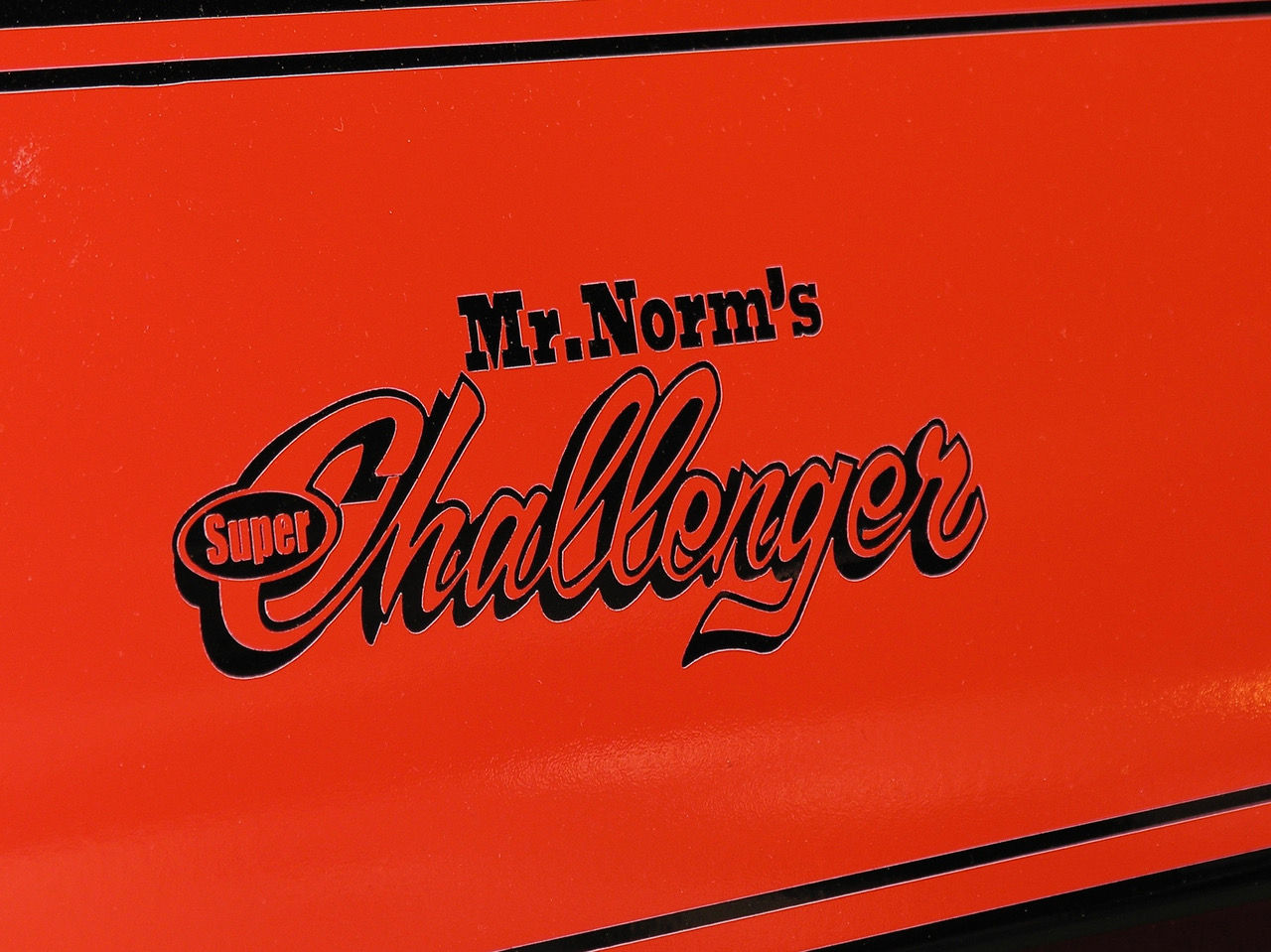
Some things just went together well, Mr. Norm and Dodge, and the Challenger was “super” with help from Norm’s connection with specific aftermarket parts suppliers.
Author: James Maxwell
